Got this board from Muddymusic.
Board was filthy when I got it and most IC legs were a nice shade of green. I decided to clean this up first.
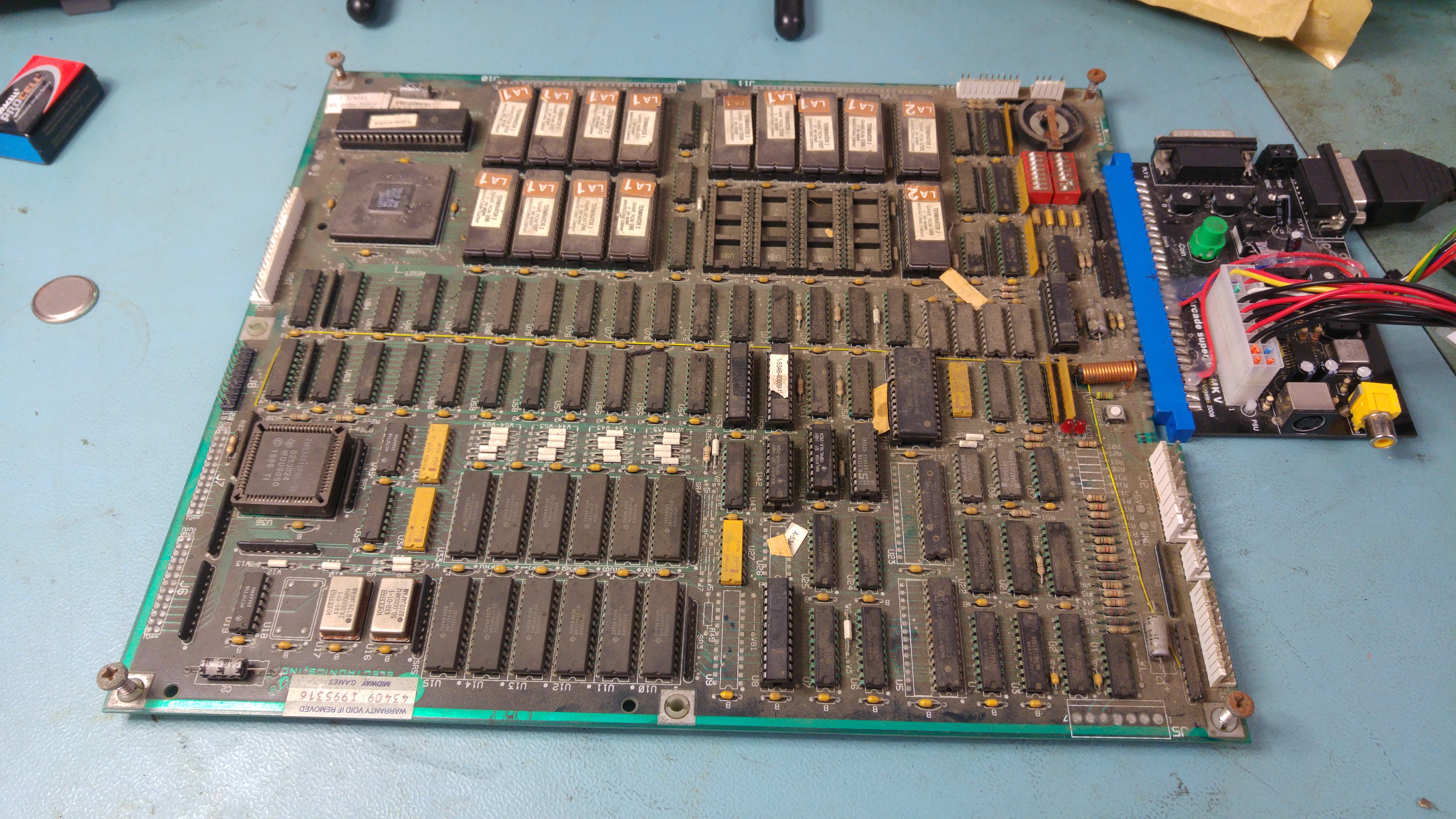
After a good clean the board came out OK, not great but definitely much better. I noticed that a socketed RAM chip had one of its legs hanging out the side of its socket.
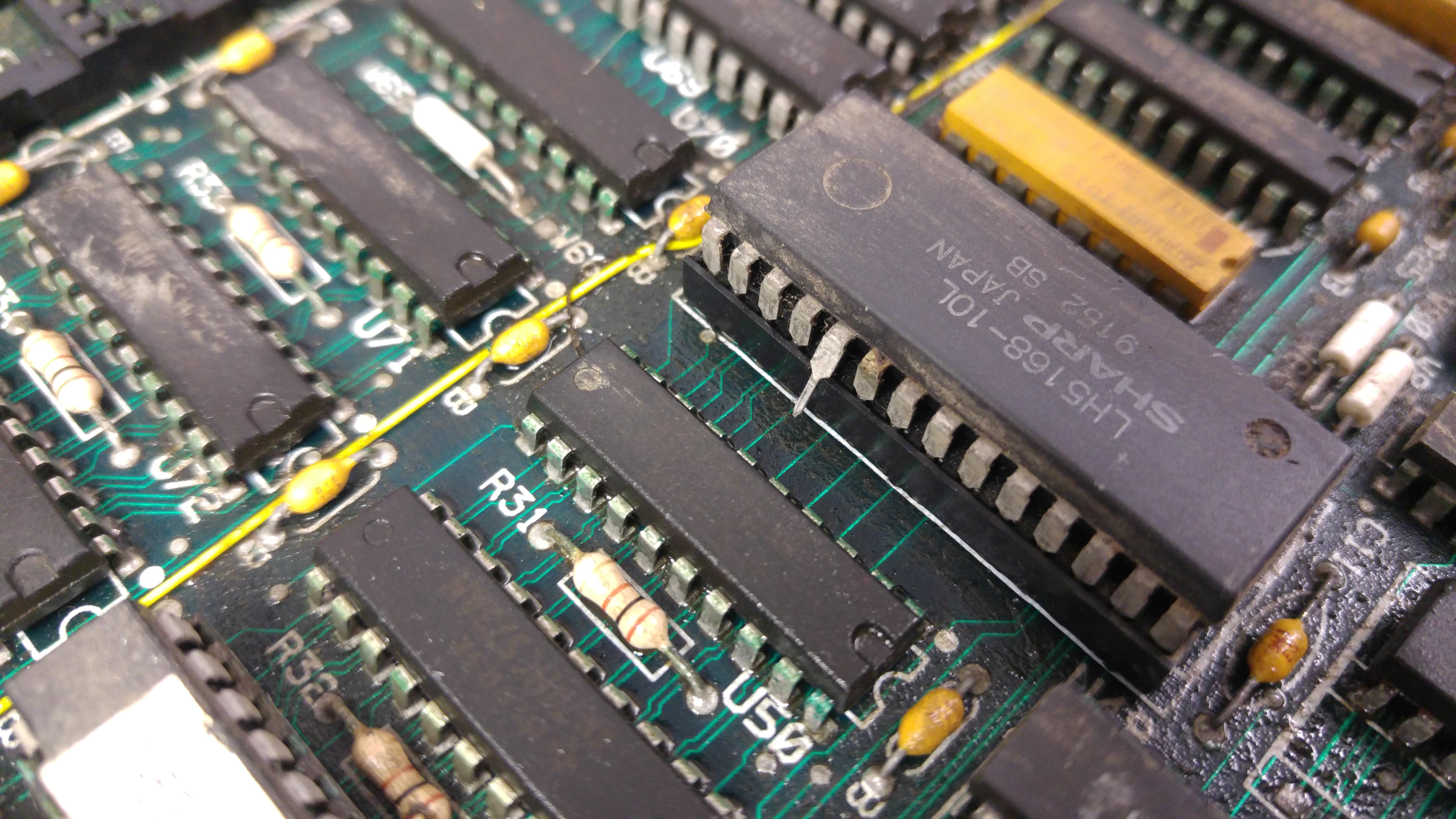
Not sure what effect this would have but I reseated it properly before powering it up.
I replaced all of the single wipe sockets on this board as I really don’t like them.
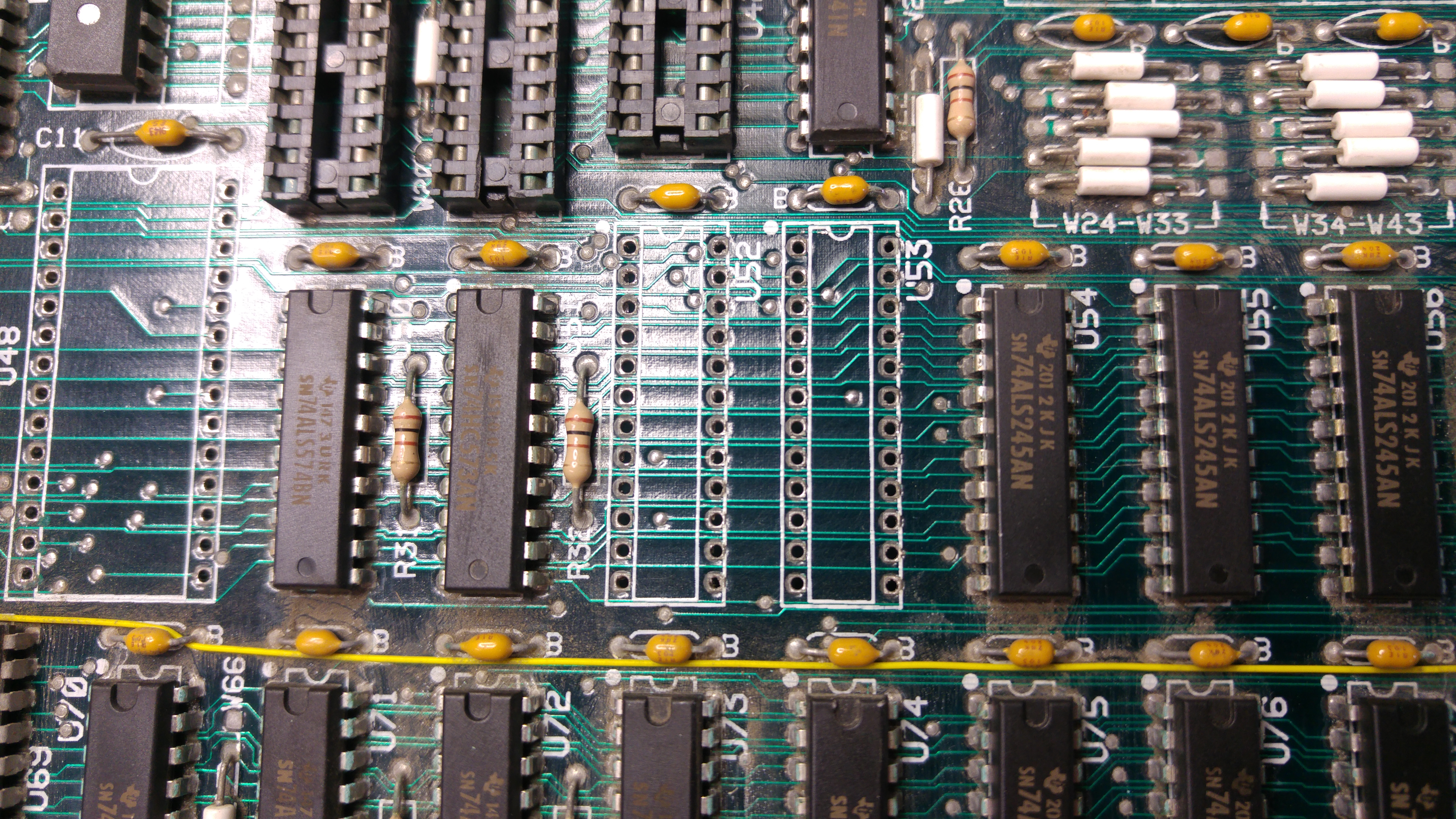
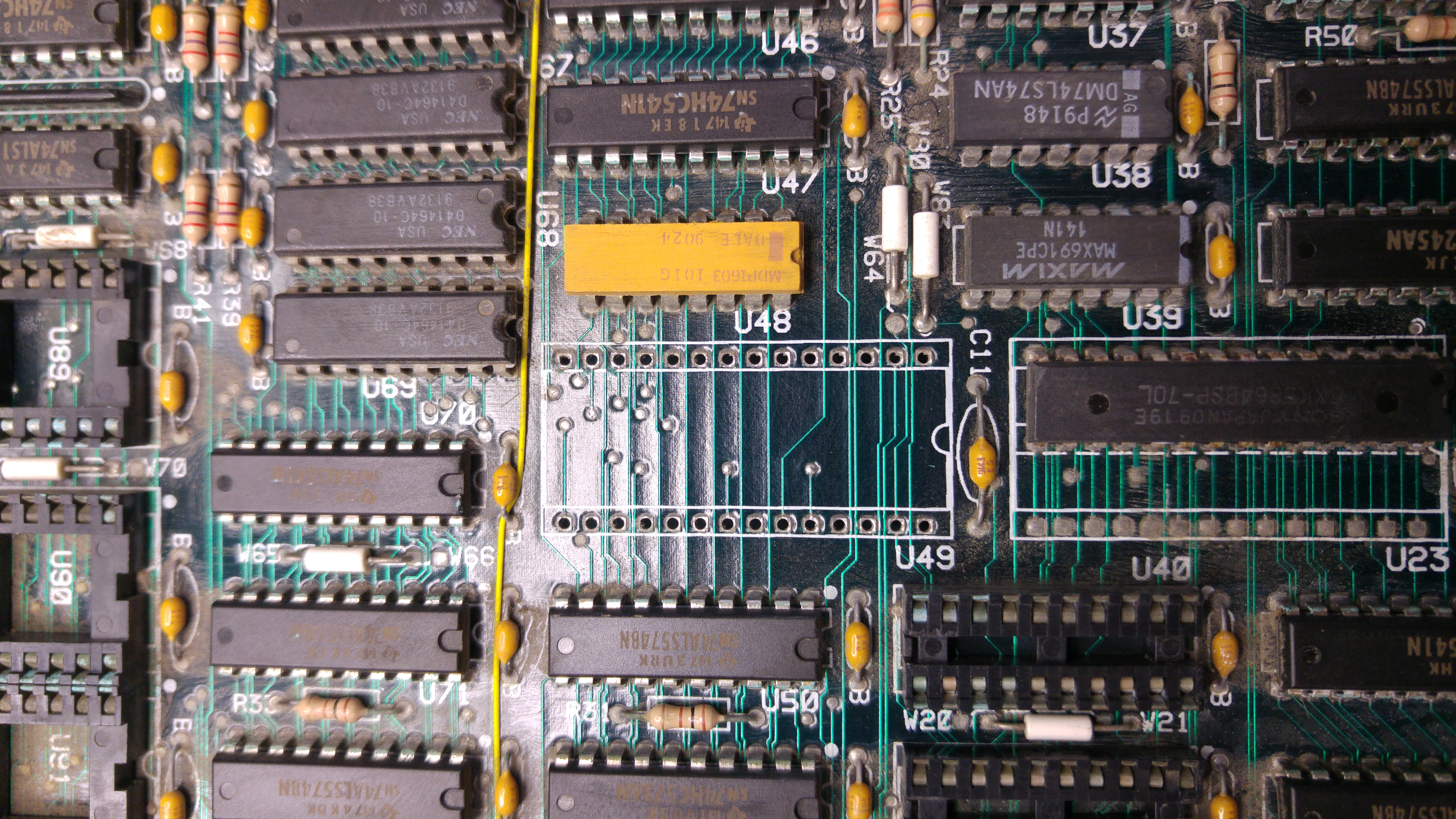
Next up was the power up test and I was greeted with a yellow screen which eventually turned mostly red and stayed that way. I could see the game was booting at least.
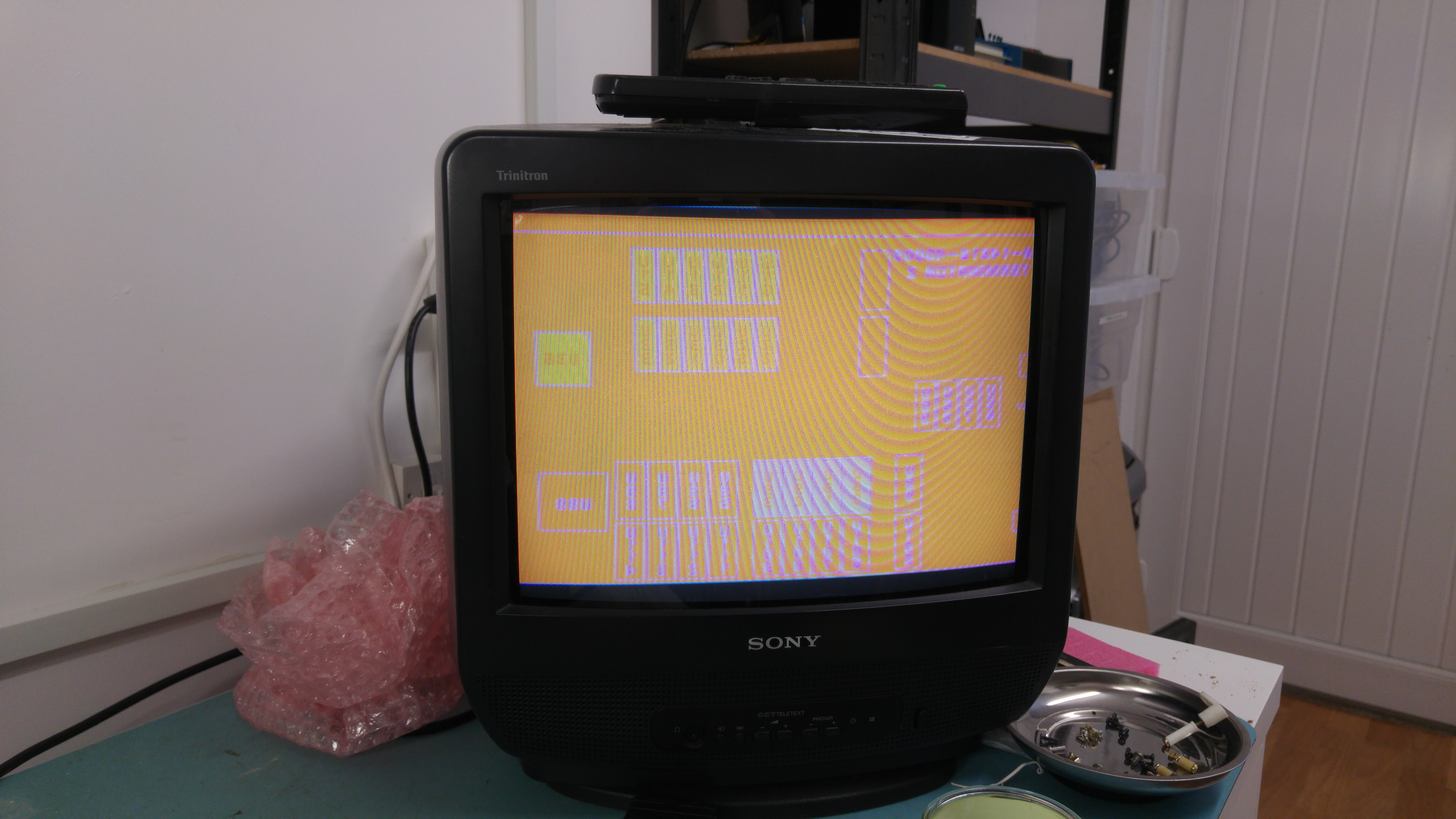
From this point I can be sure the palette circuitry was at fault. Looking at the schematics you can see there are 2 x CXK5856 RAM chips responsible for the palette RAM.
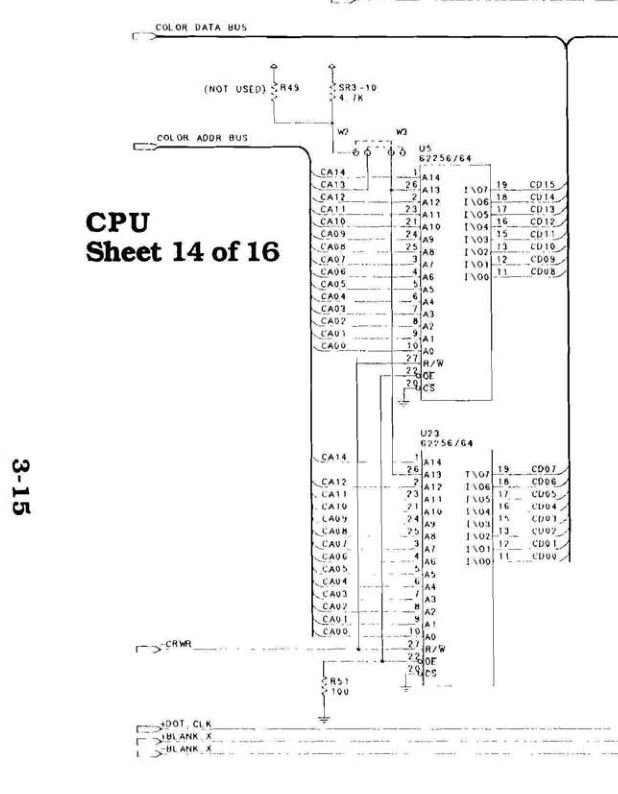
In my experience these RAM’s have been the most unreliable so I desoldered both of them straight away and both of them failed spectacularly when tested out of circuit.
I replaced them and fired up the game.
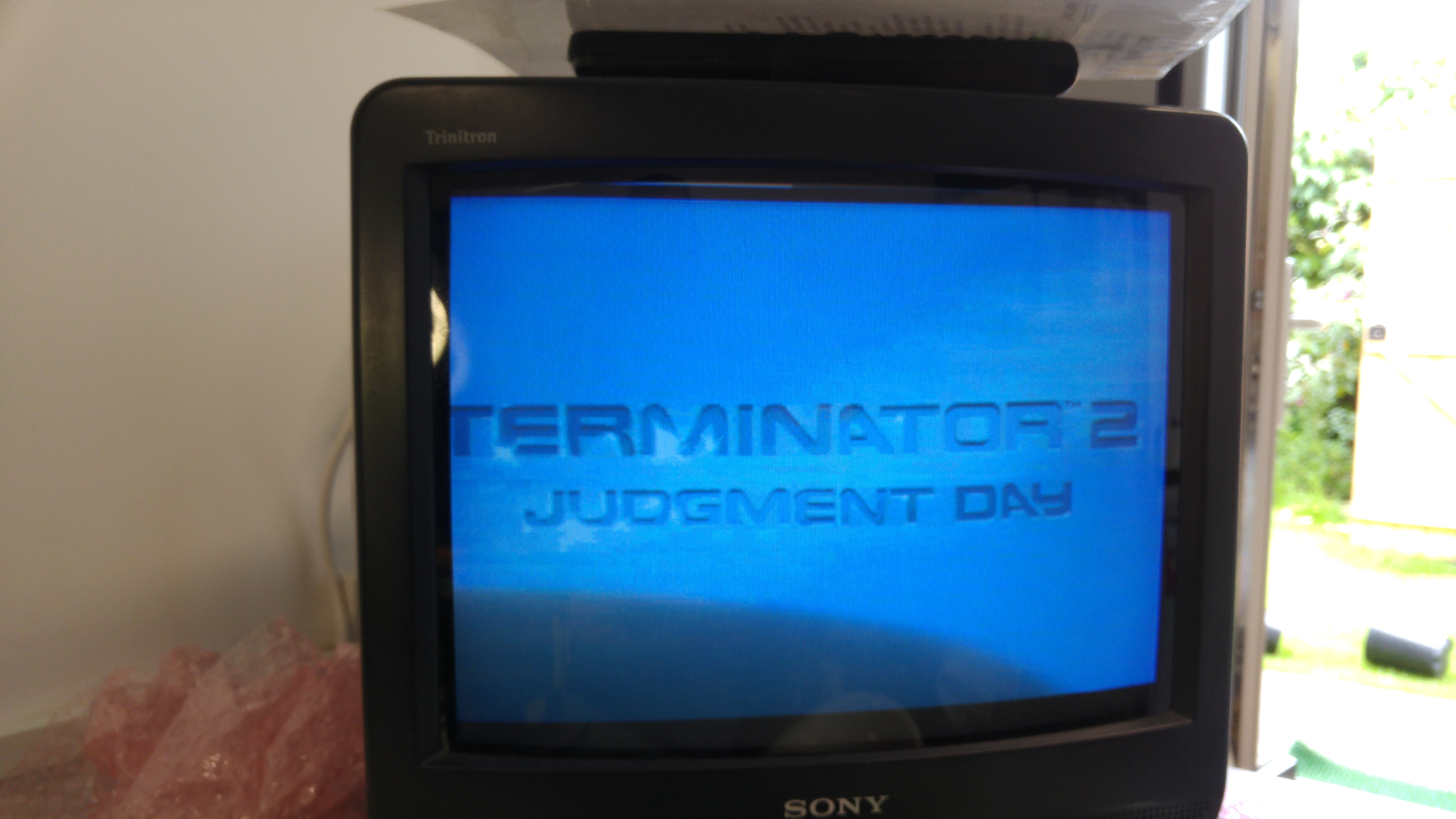
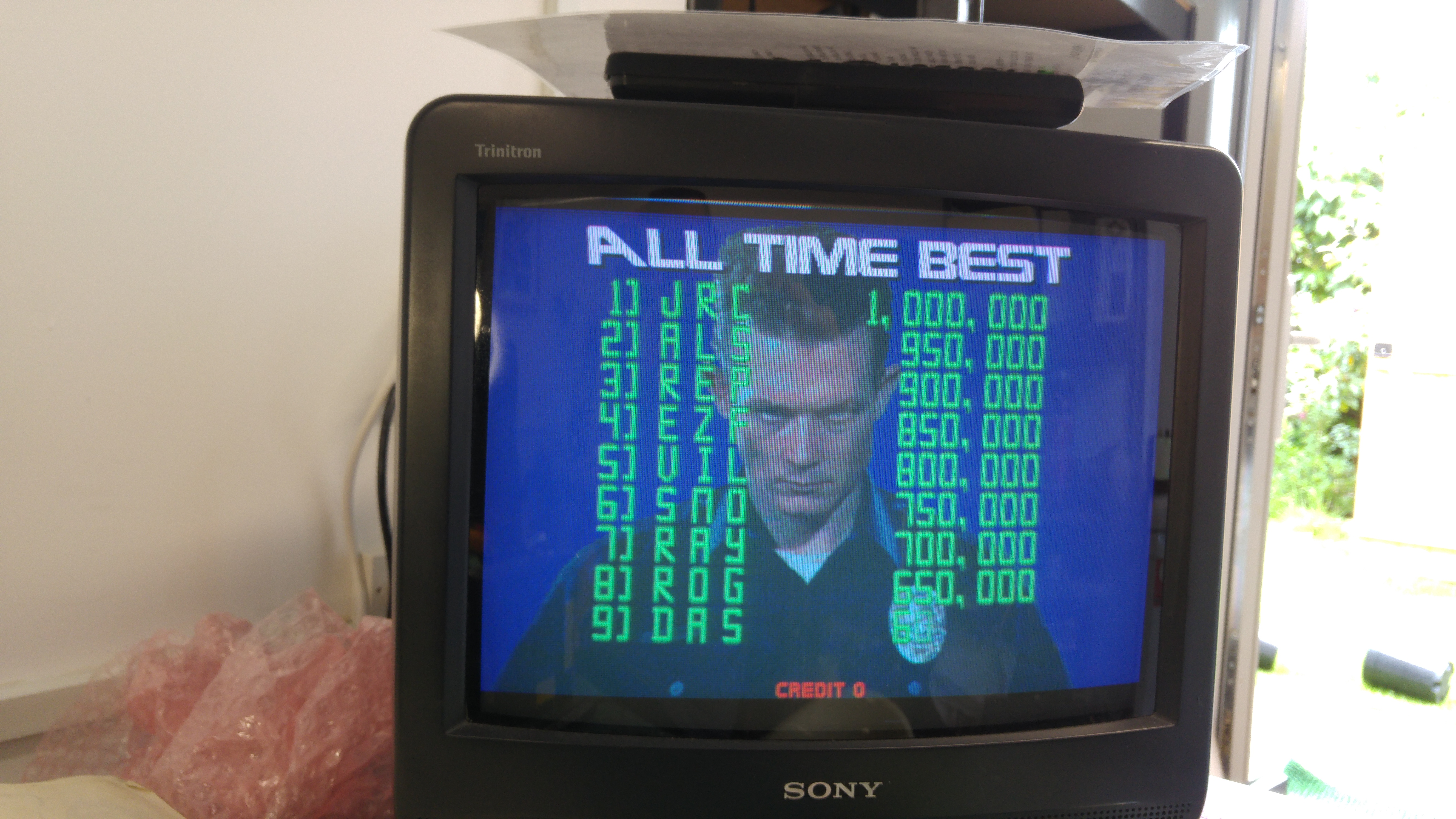
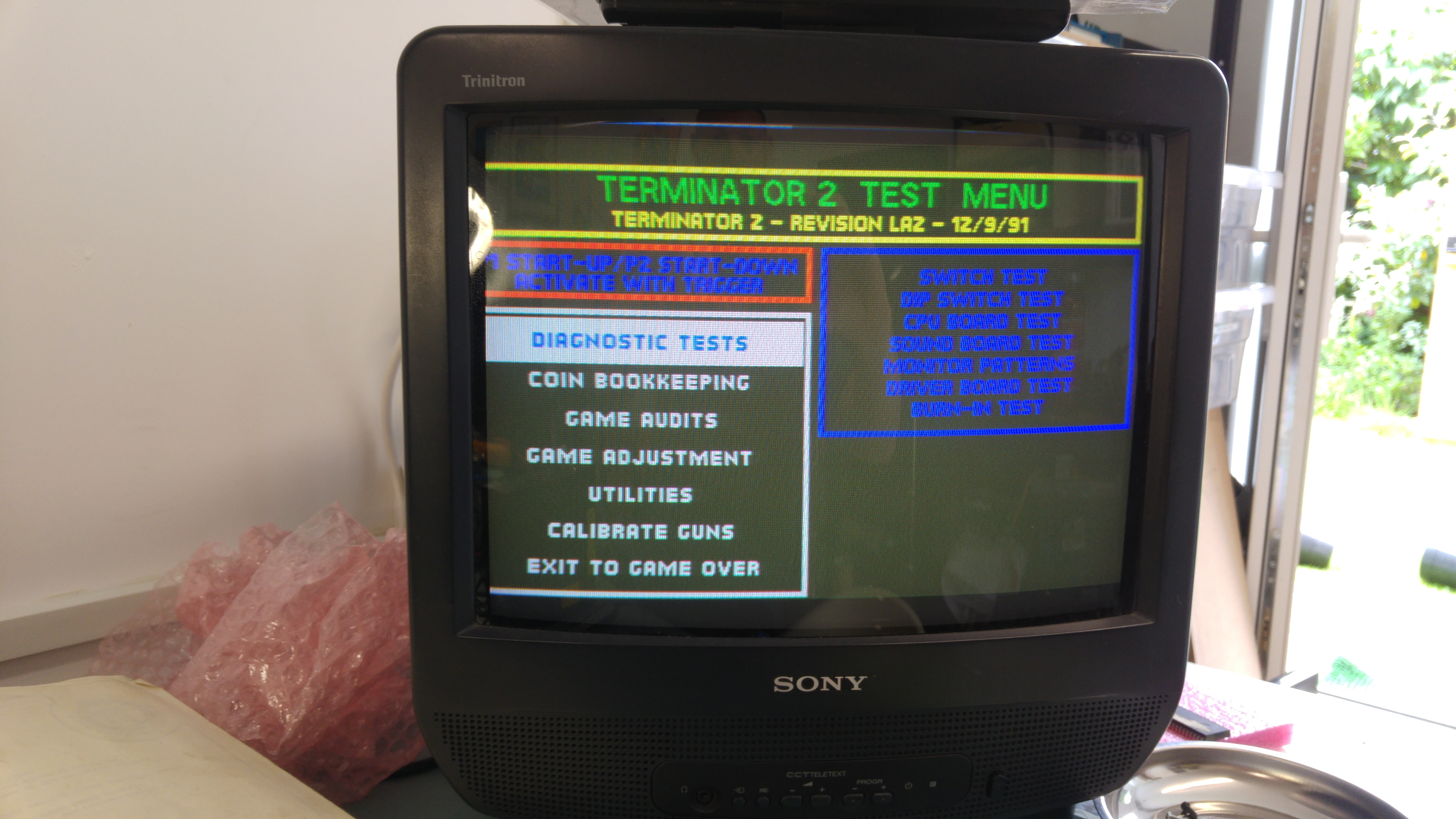
All seems to be working fine now.
Also dumped all the PAL’s from this too and hopefully will be getting them tested soon.

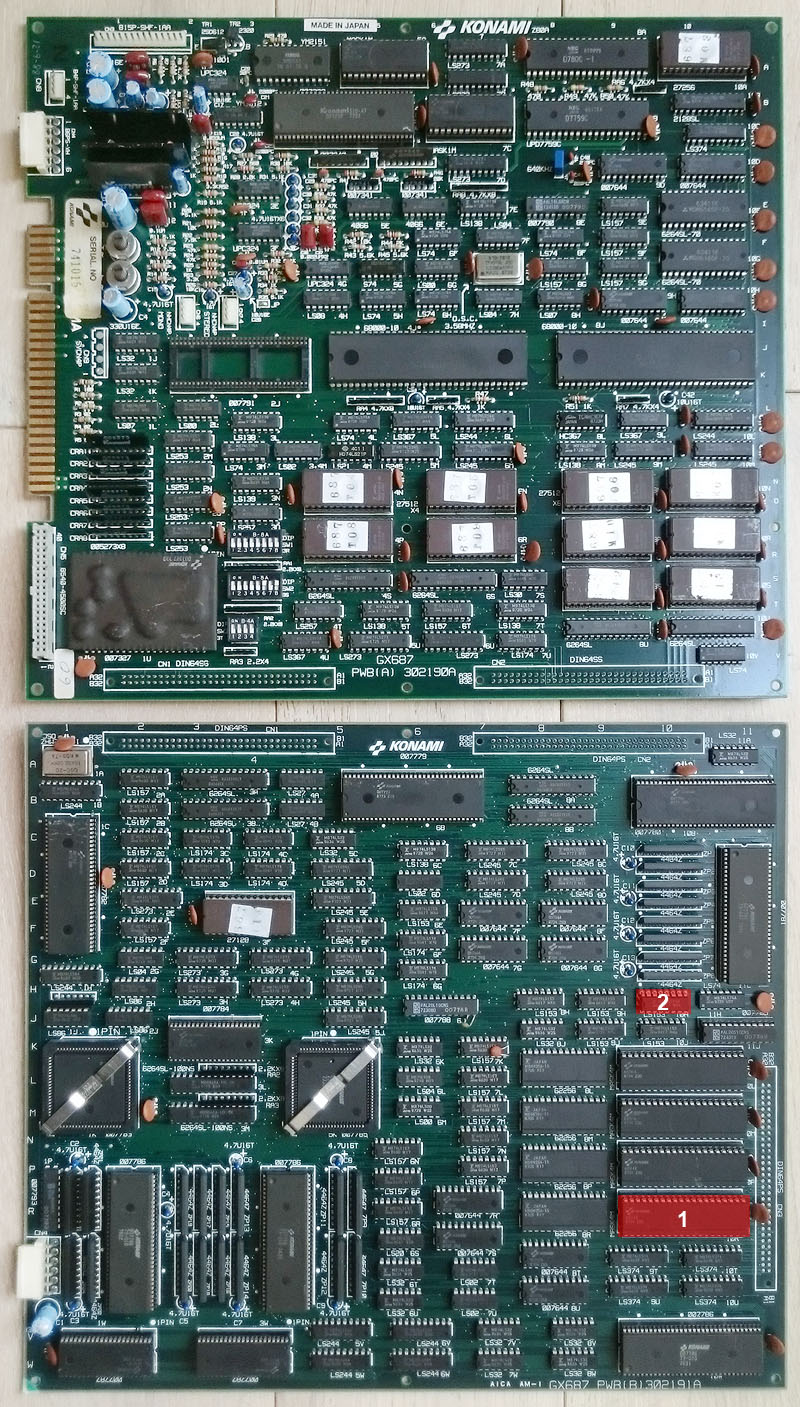
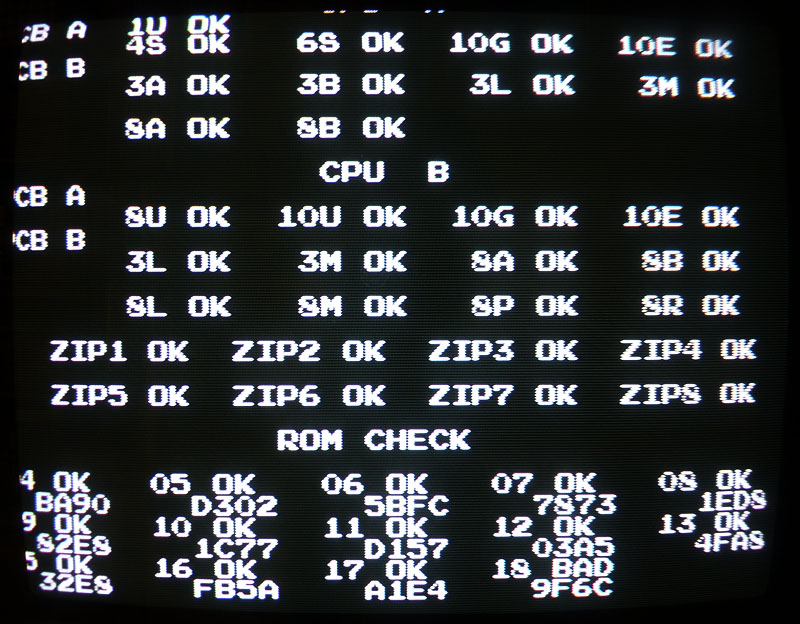
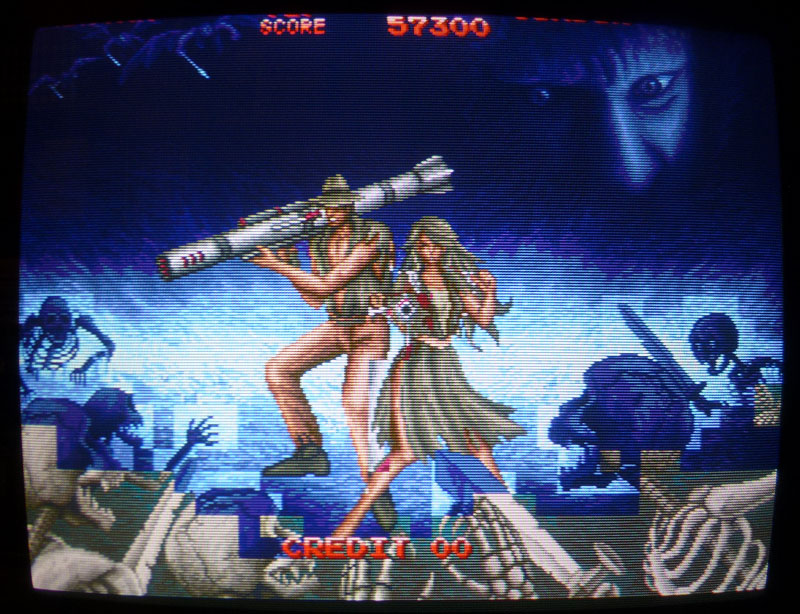
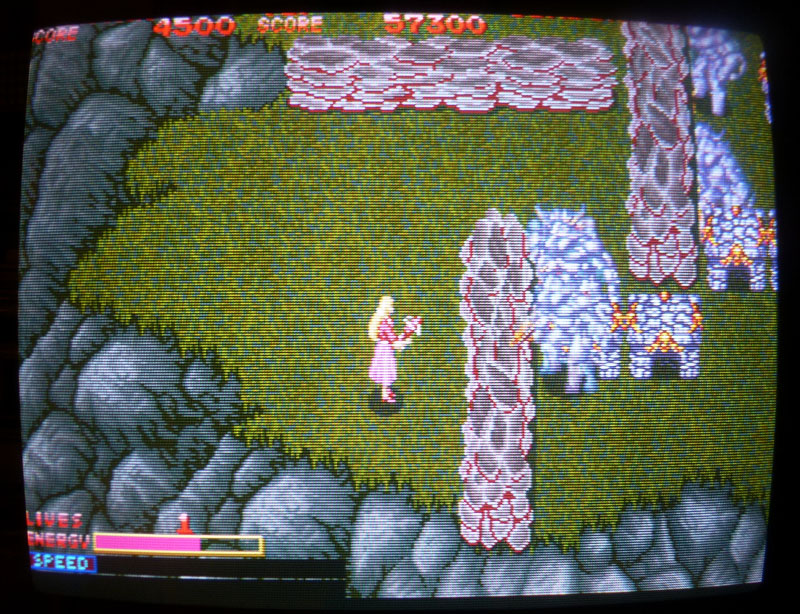
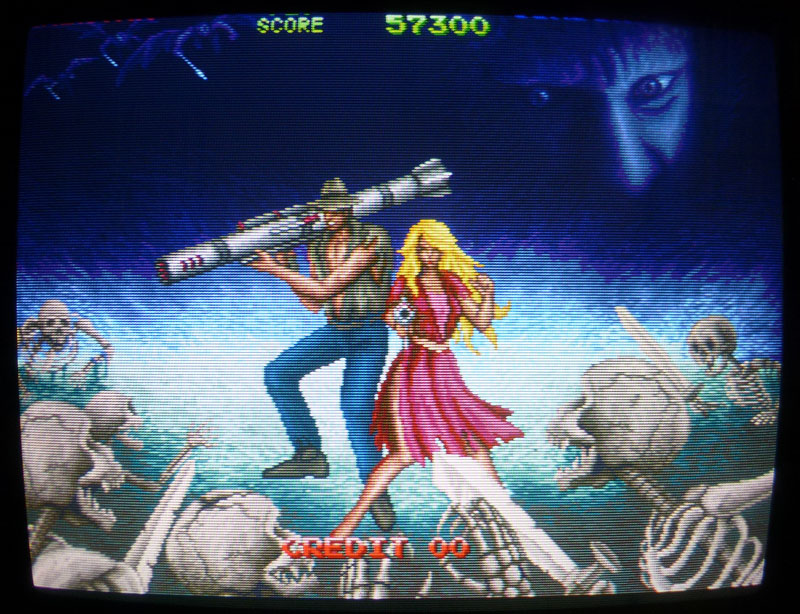
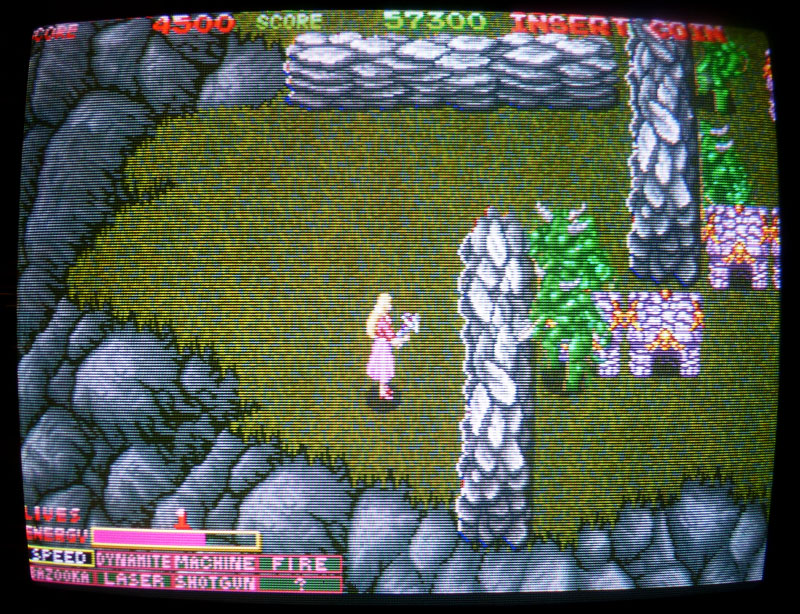
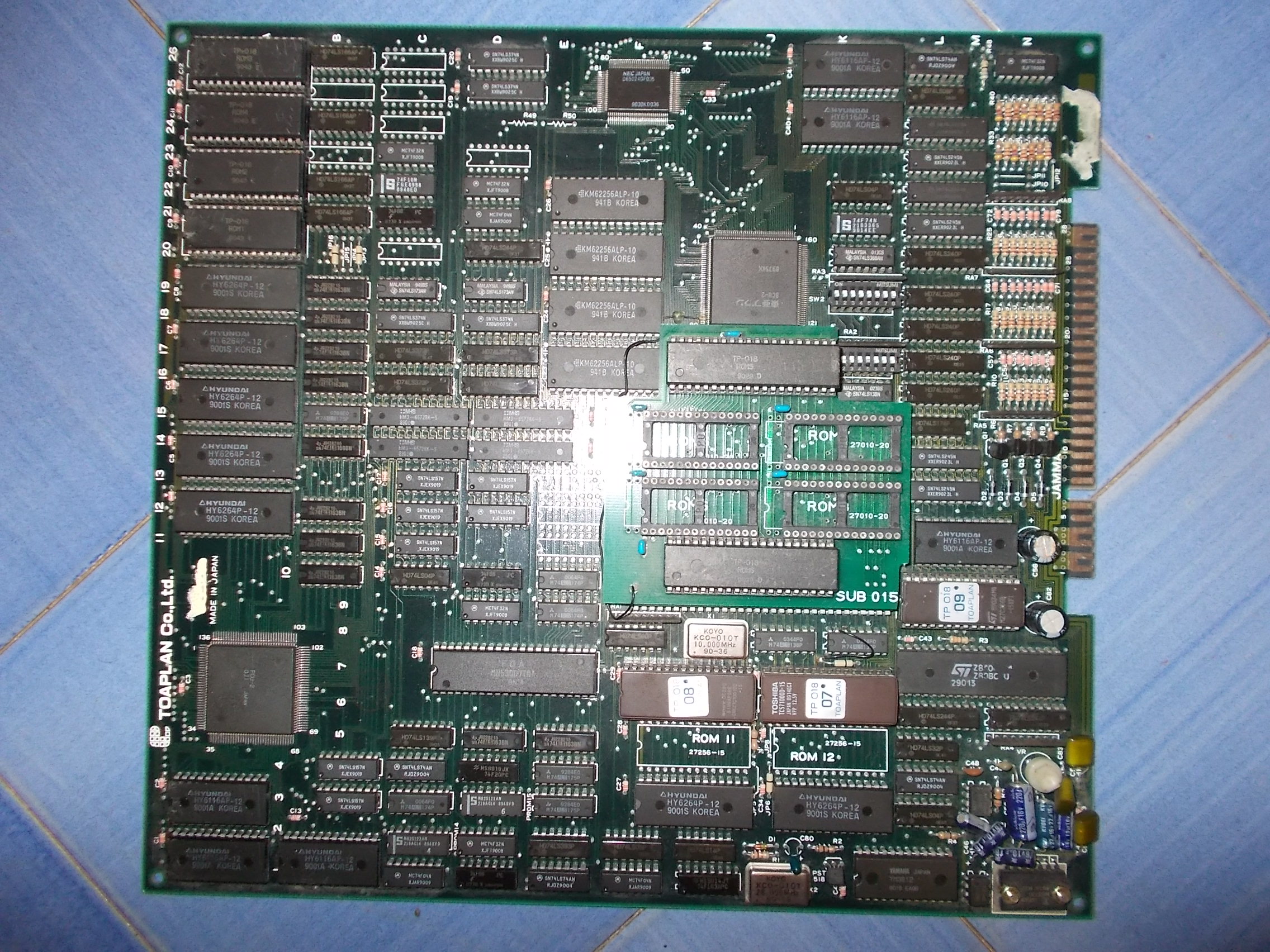
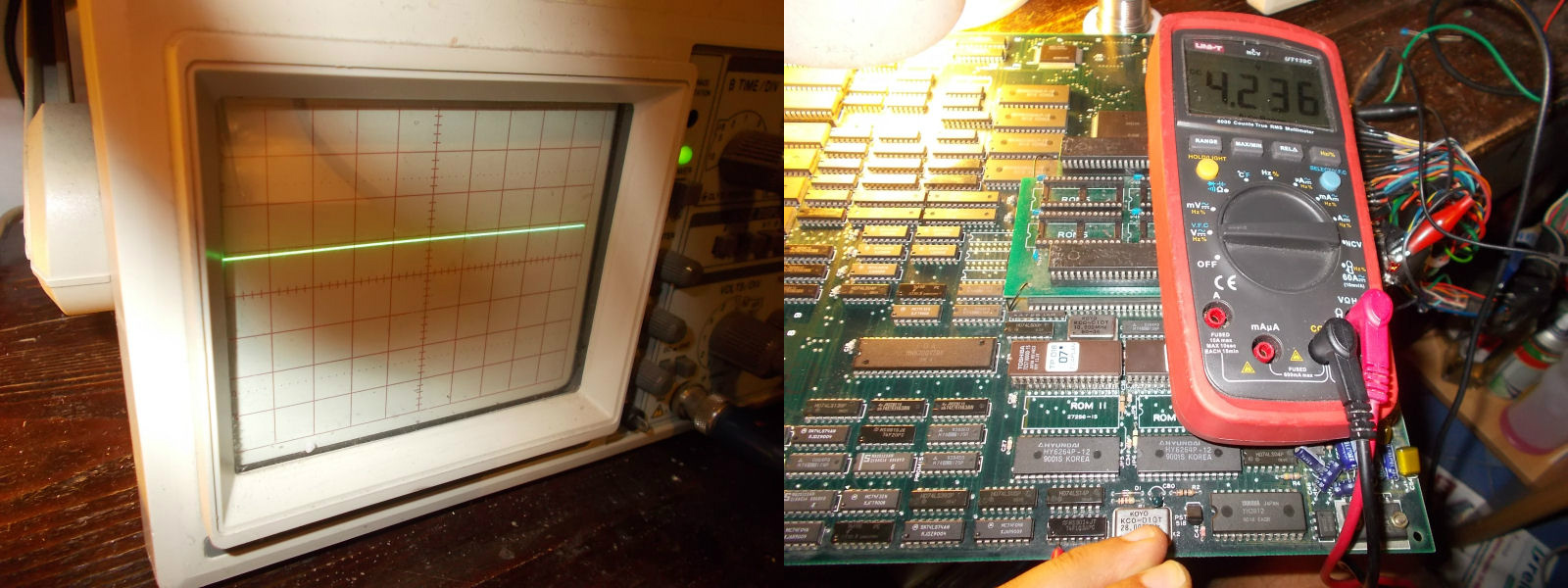
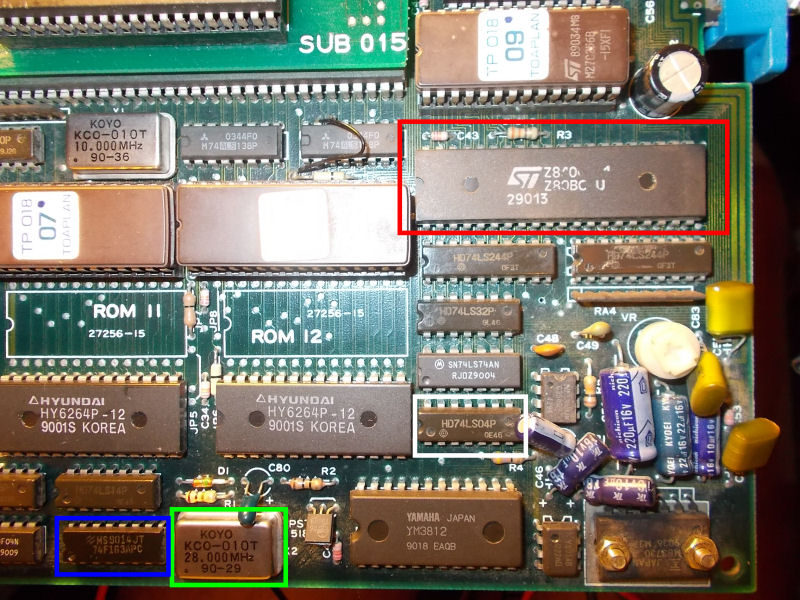
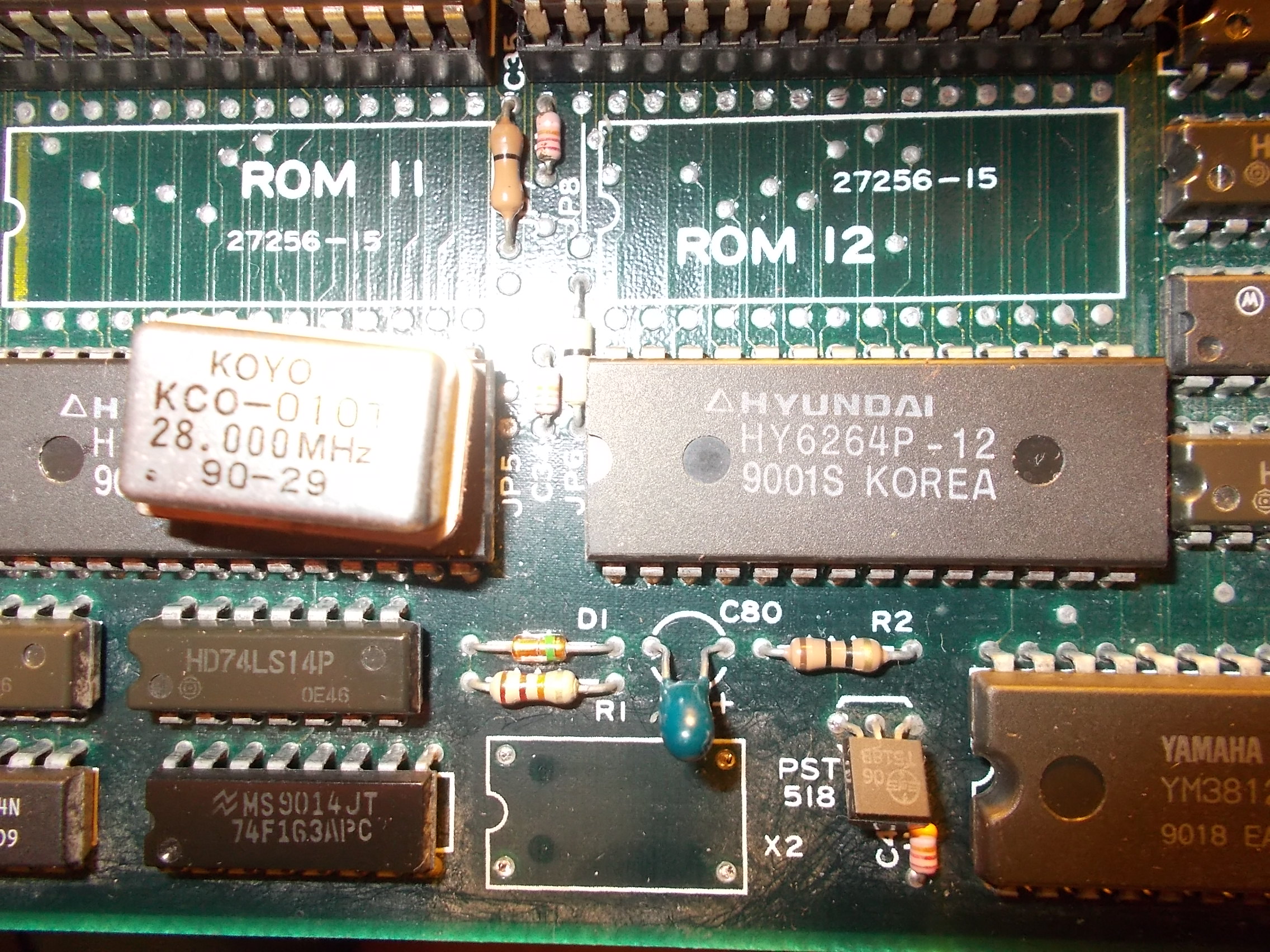
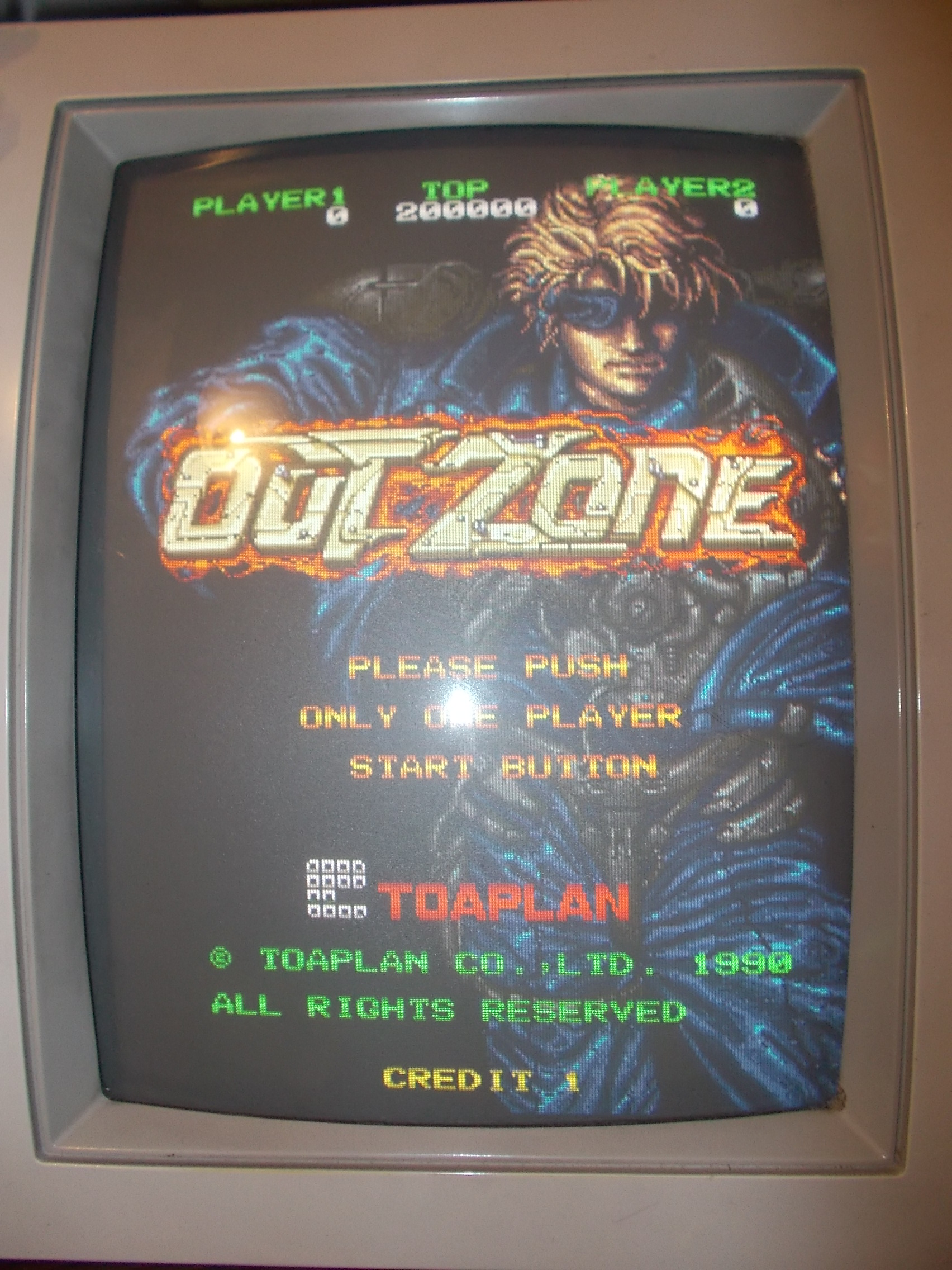
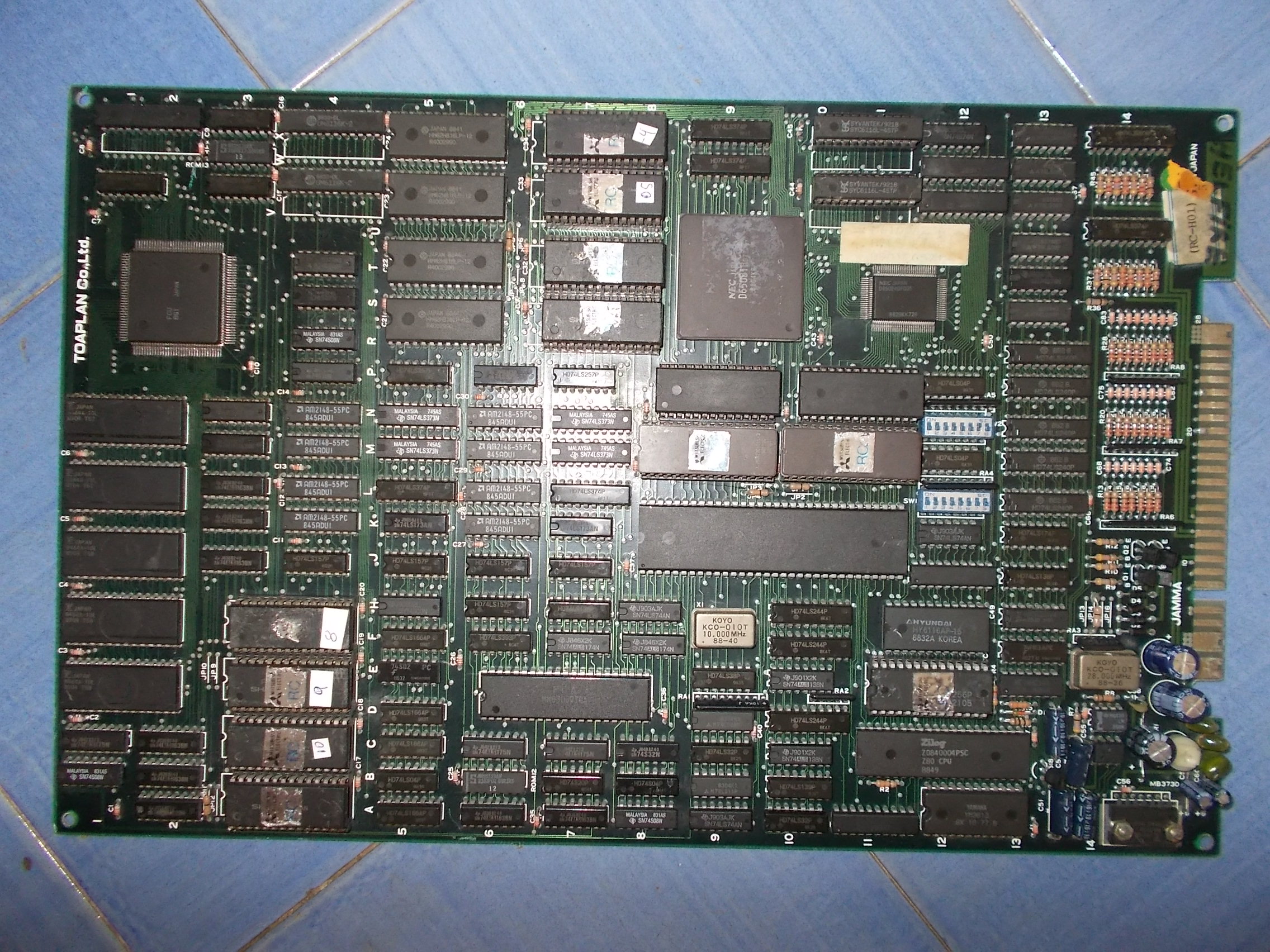
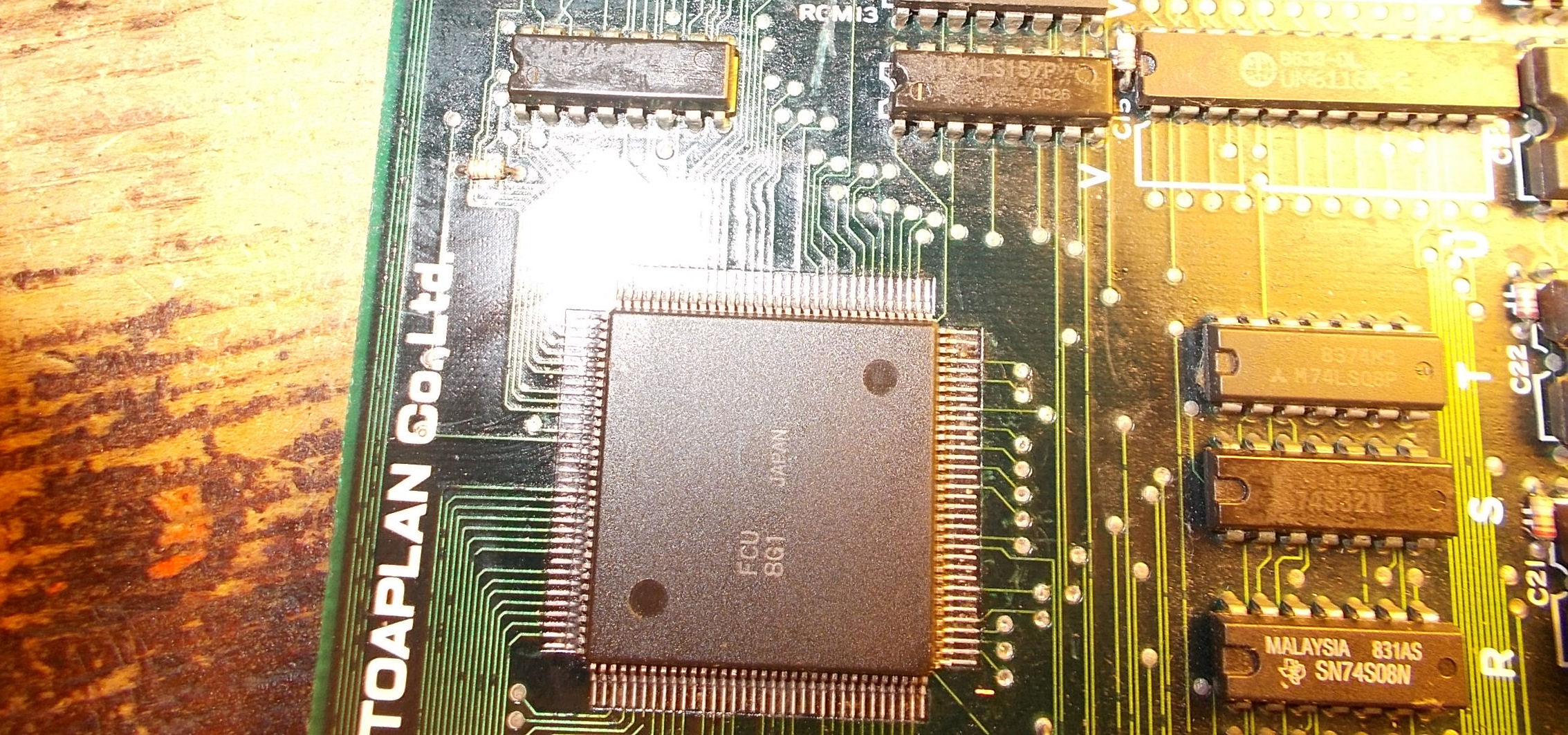
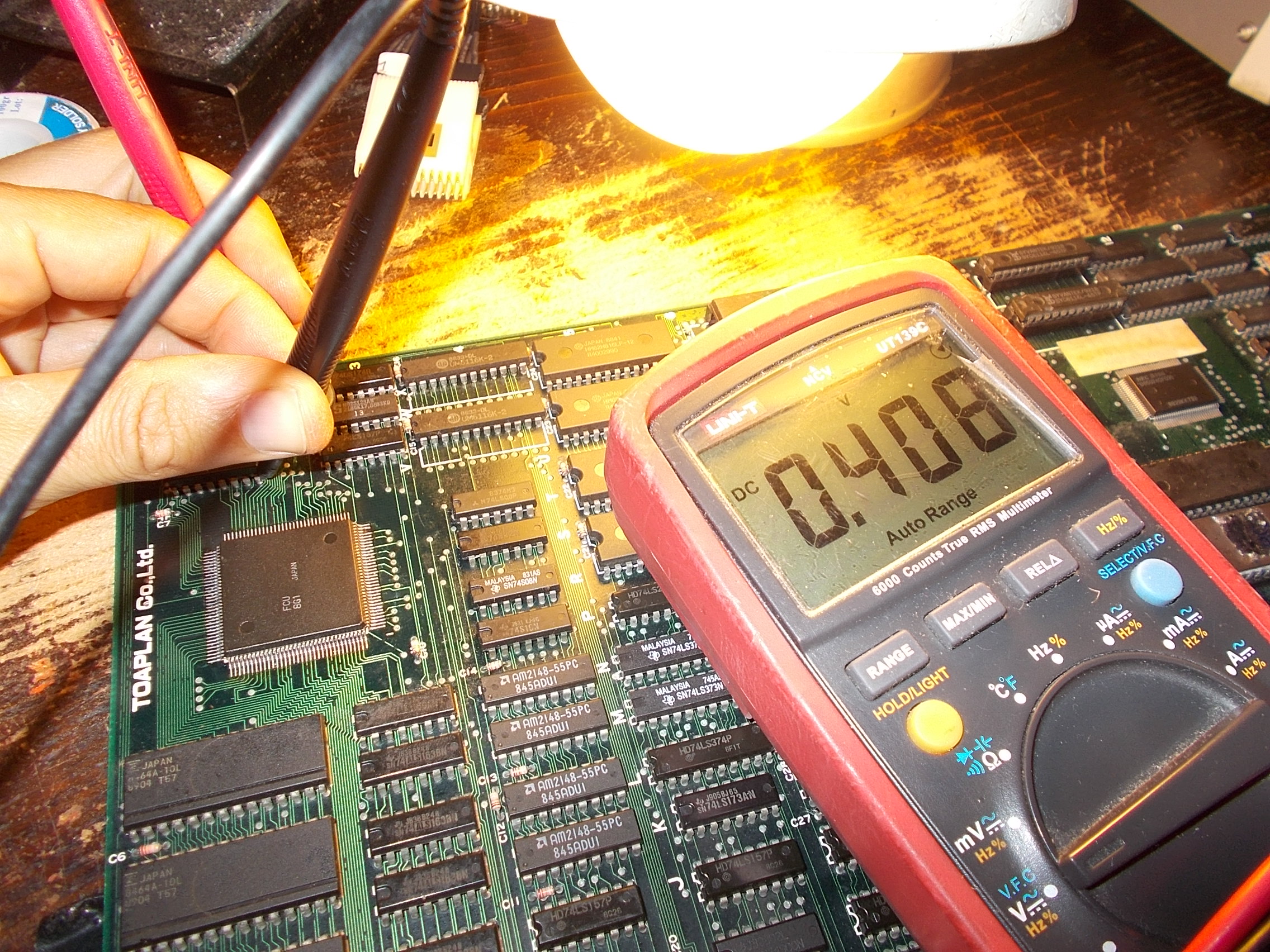
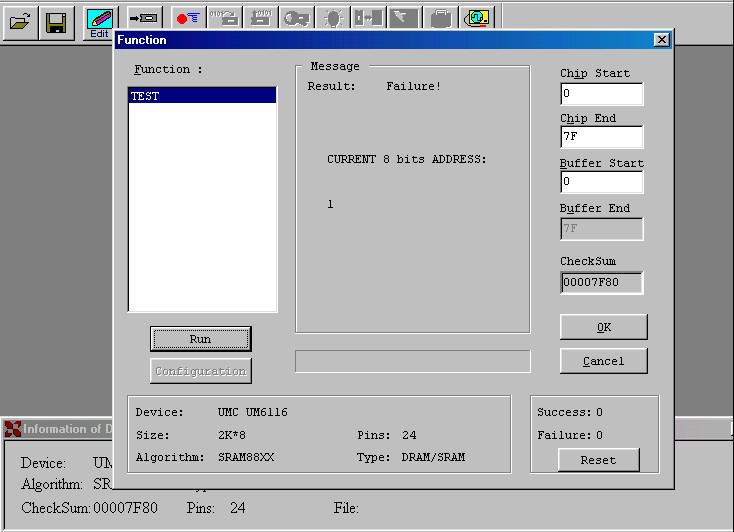
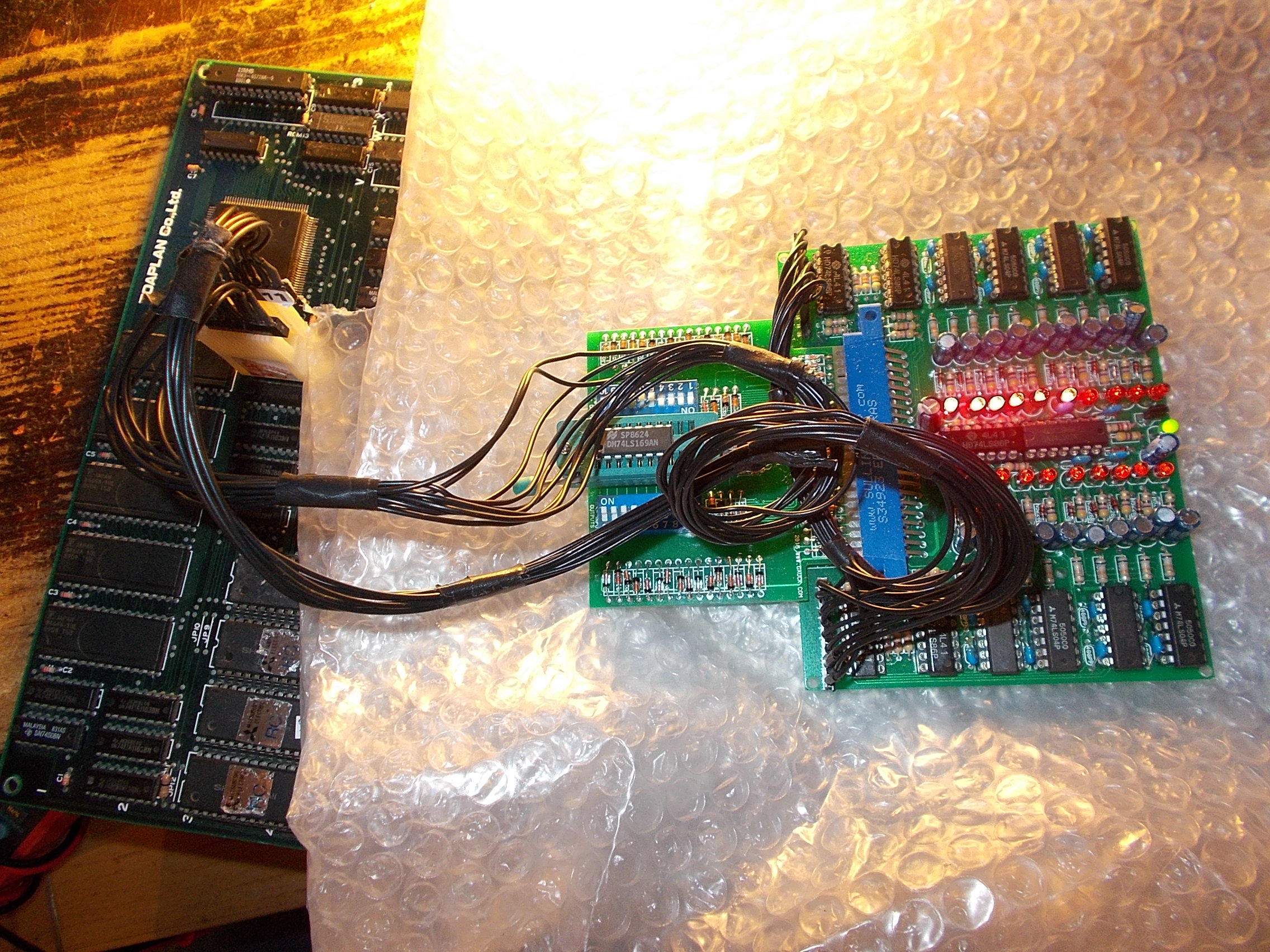
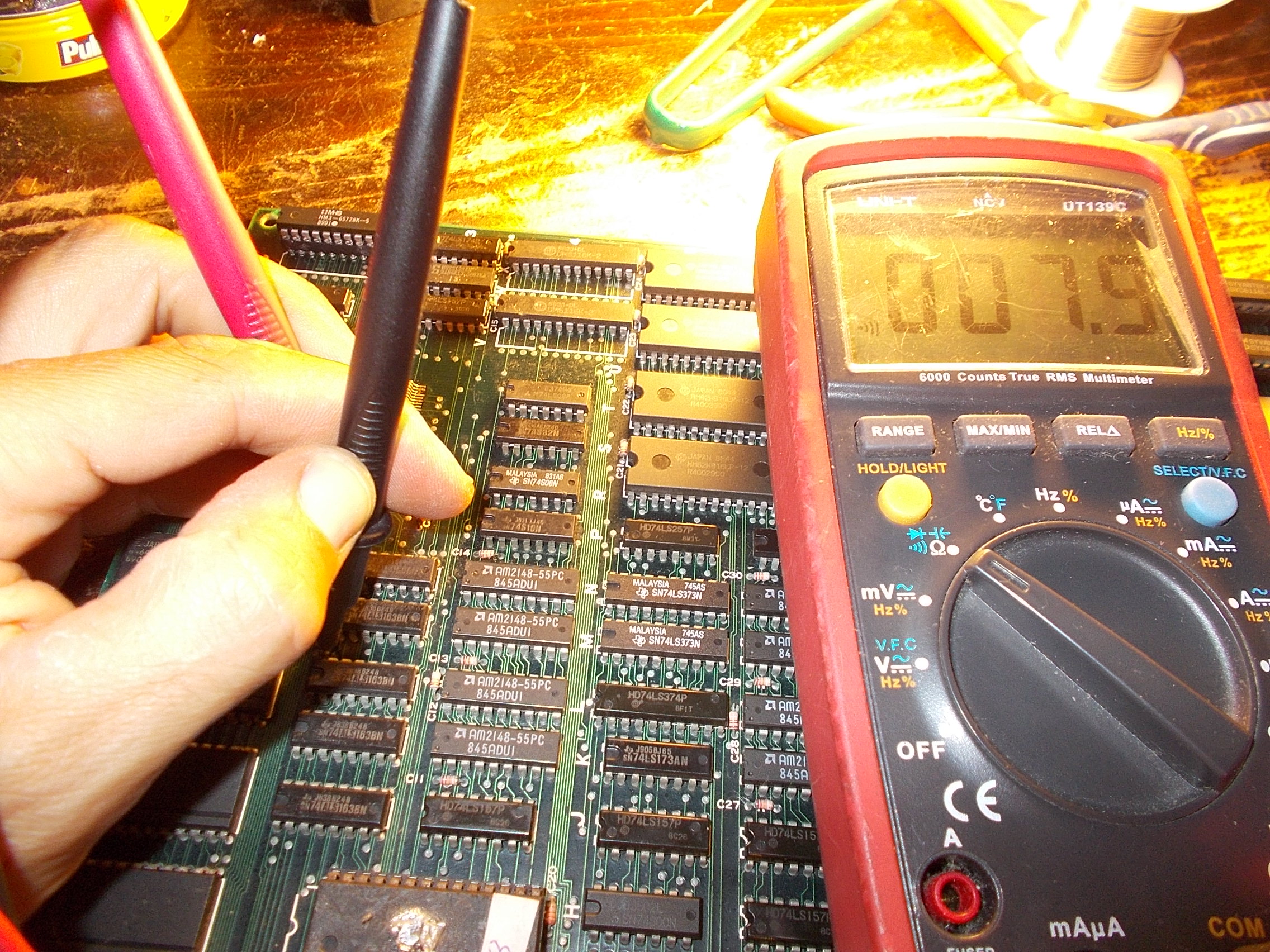
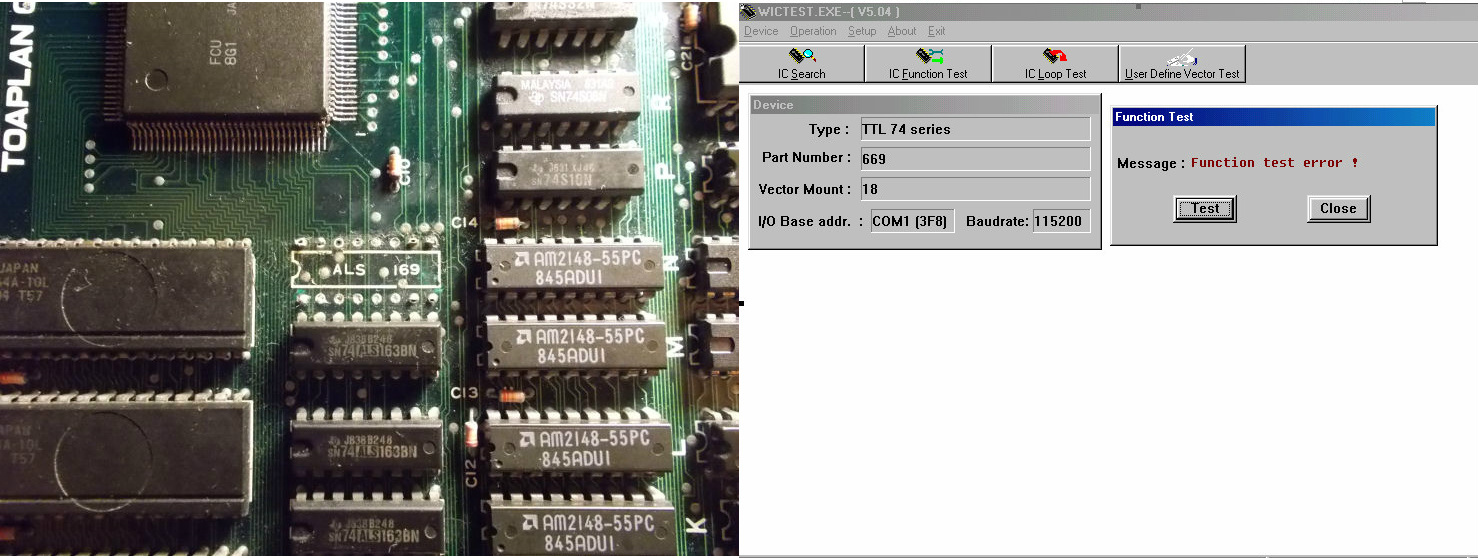
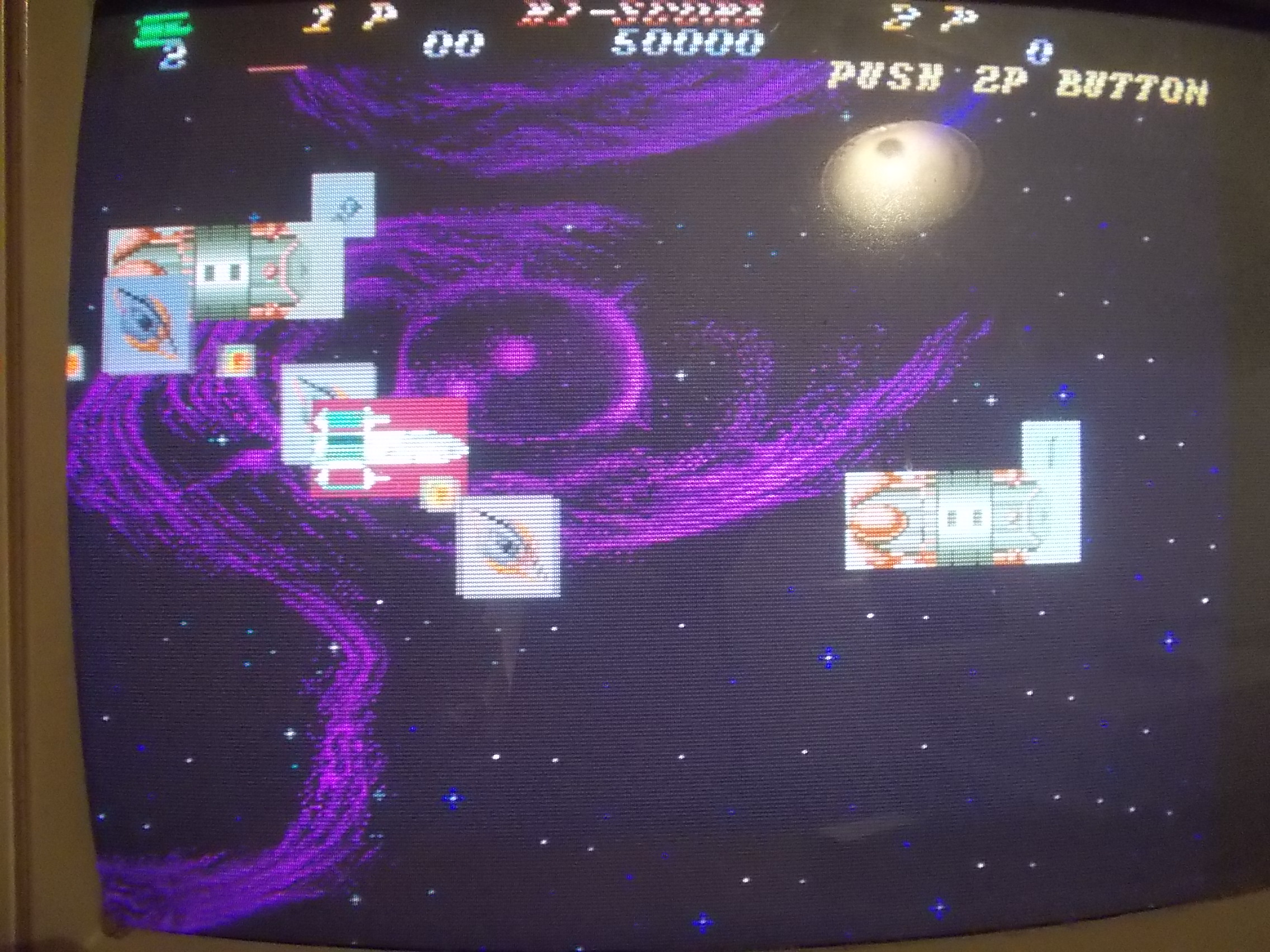
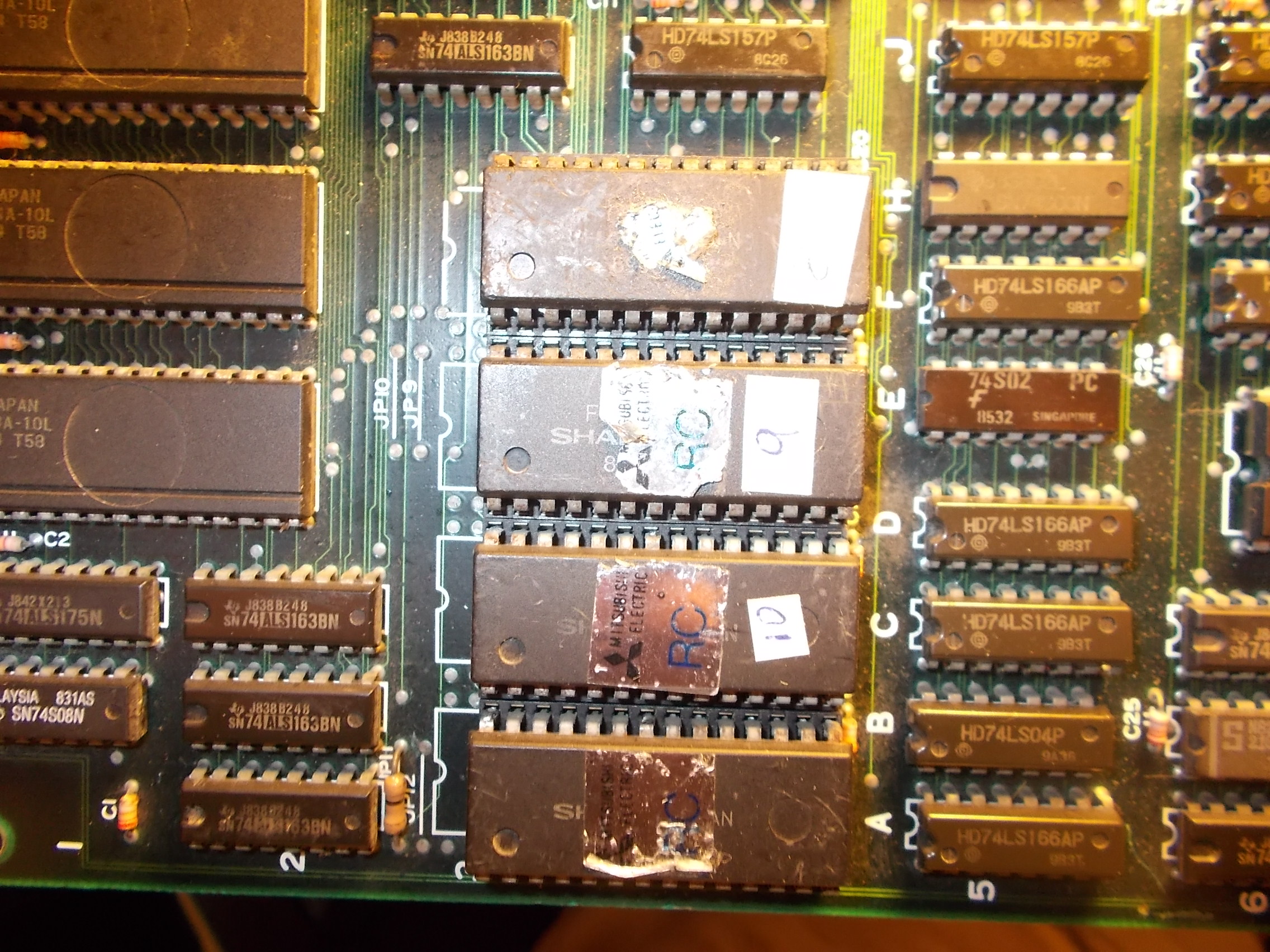
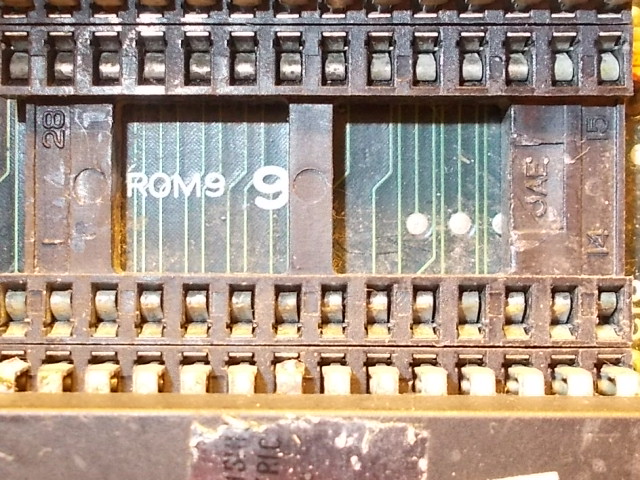
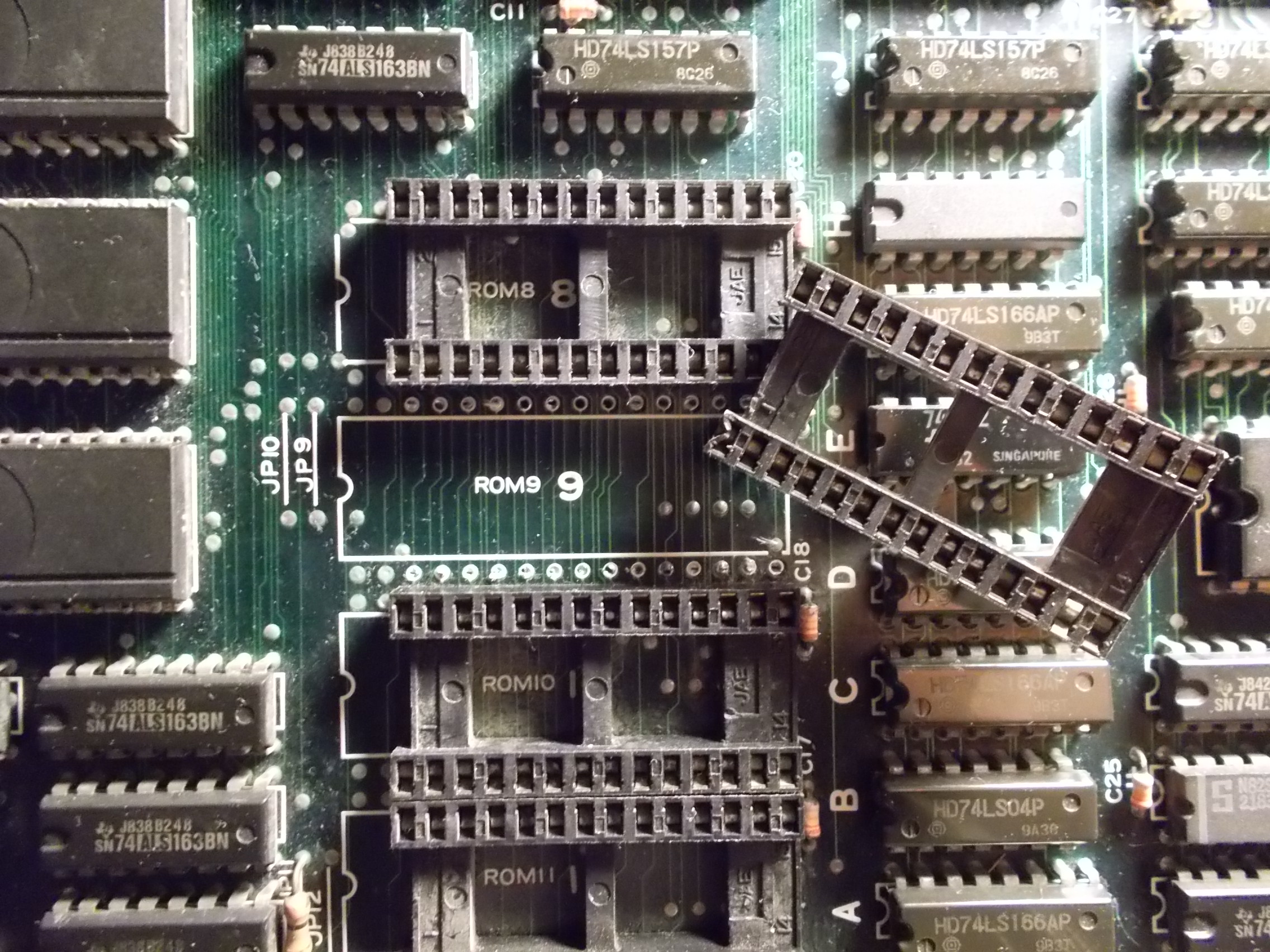
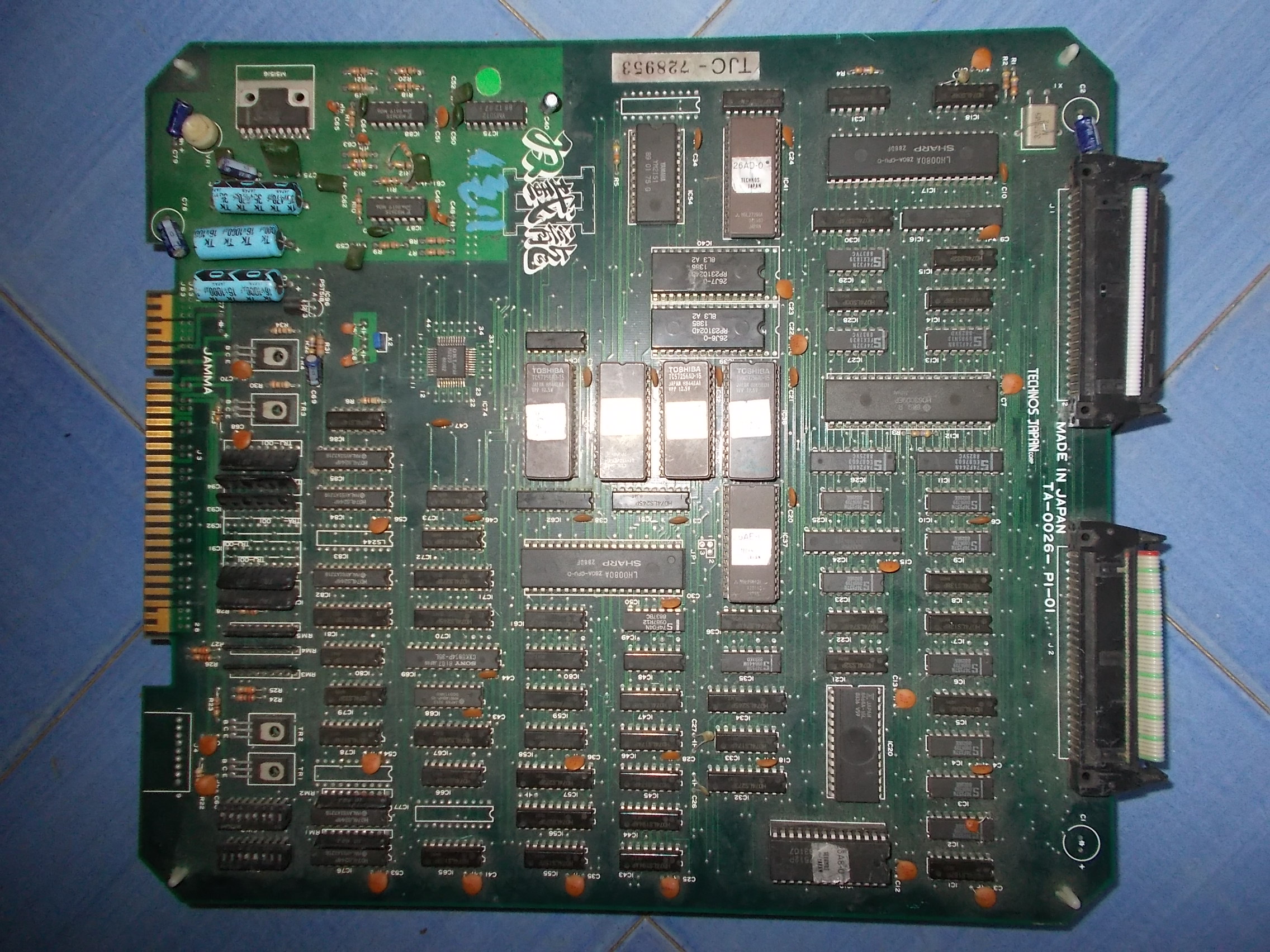
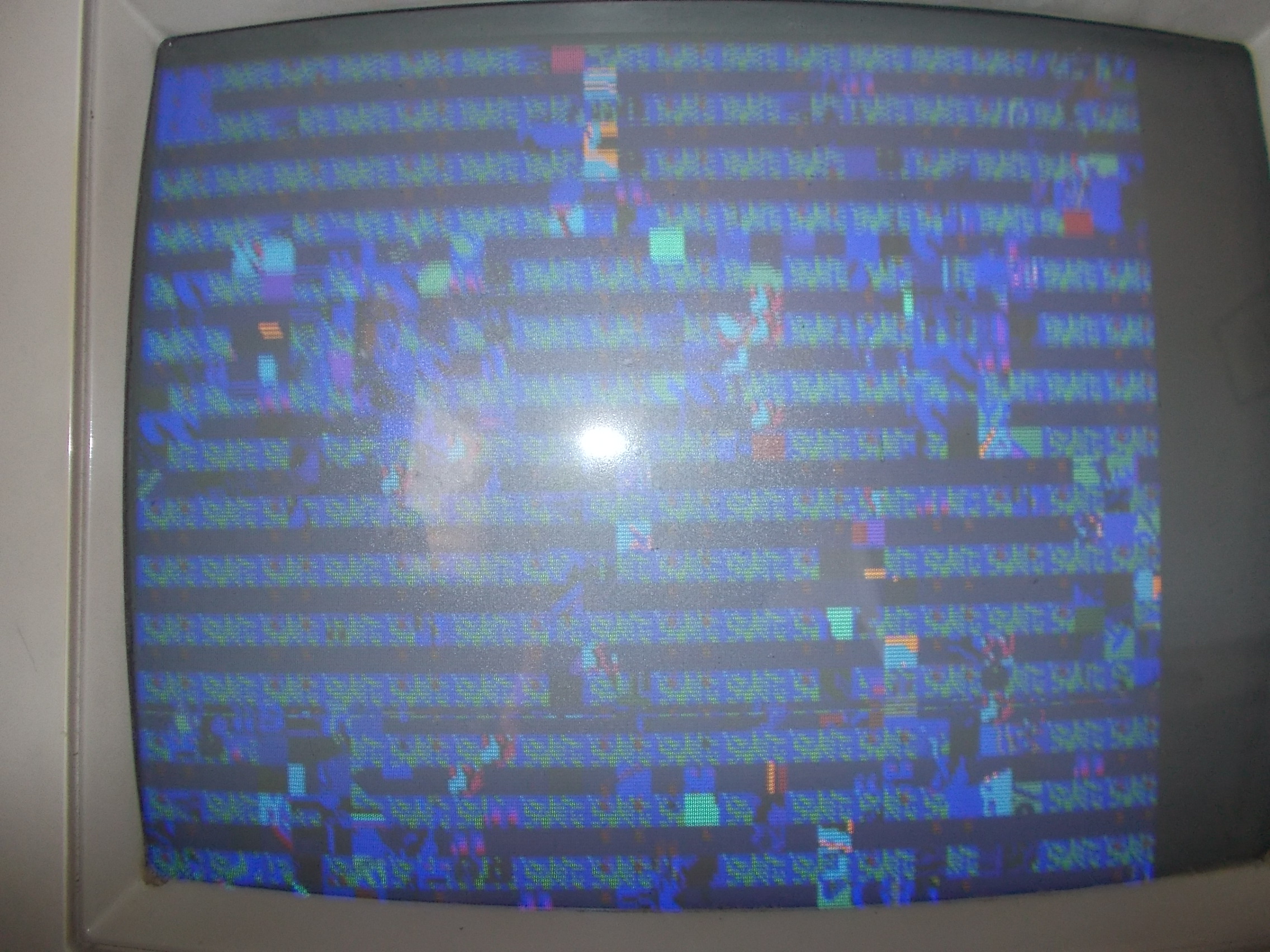
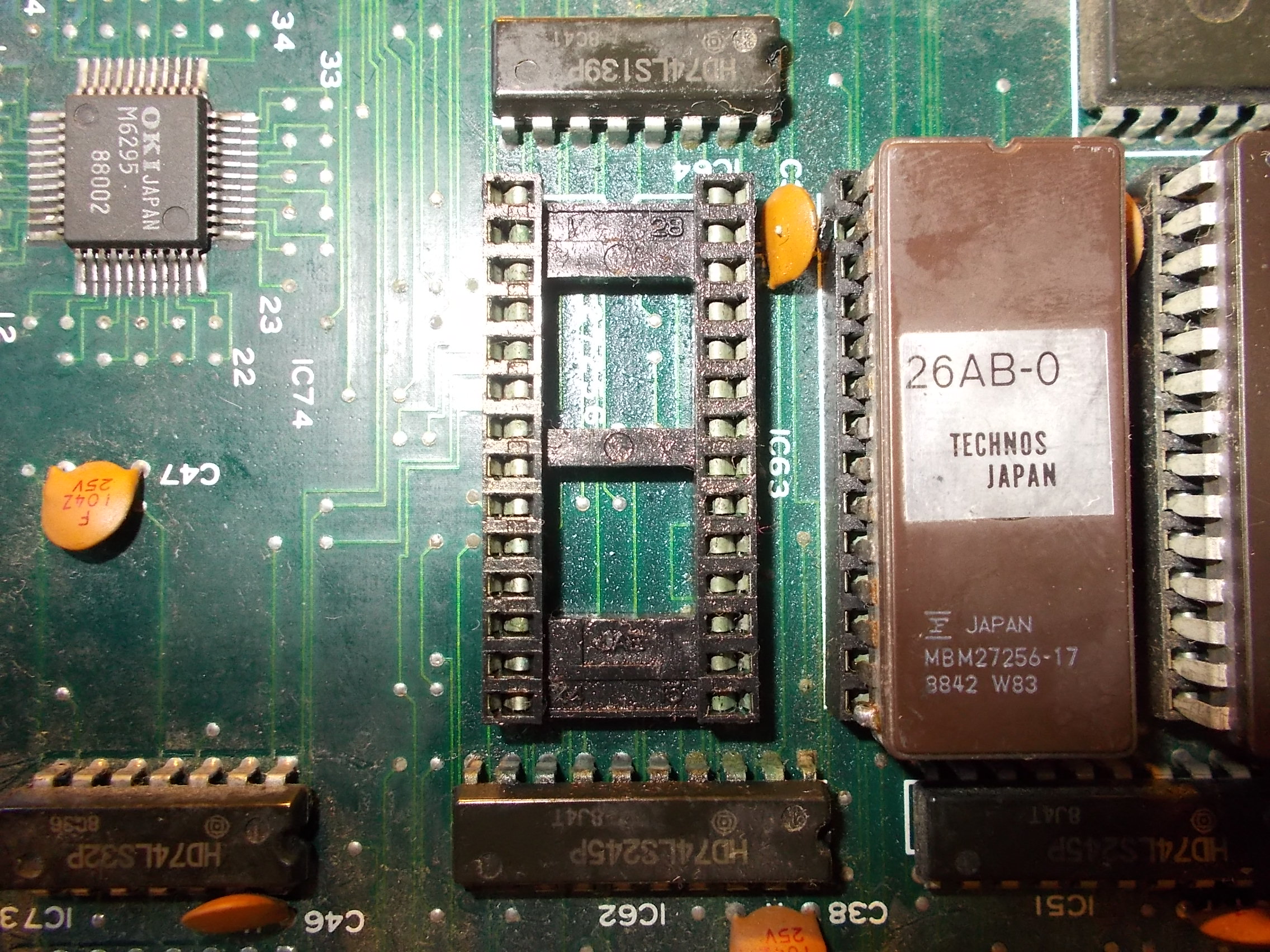
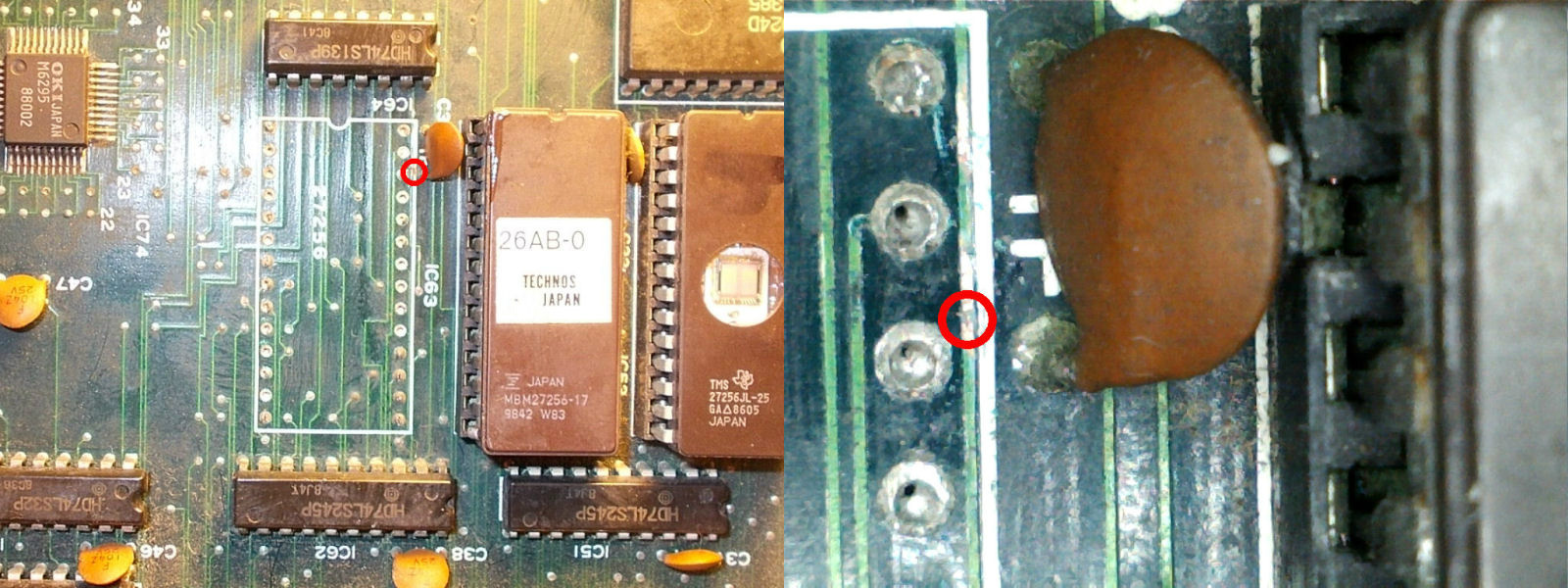
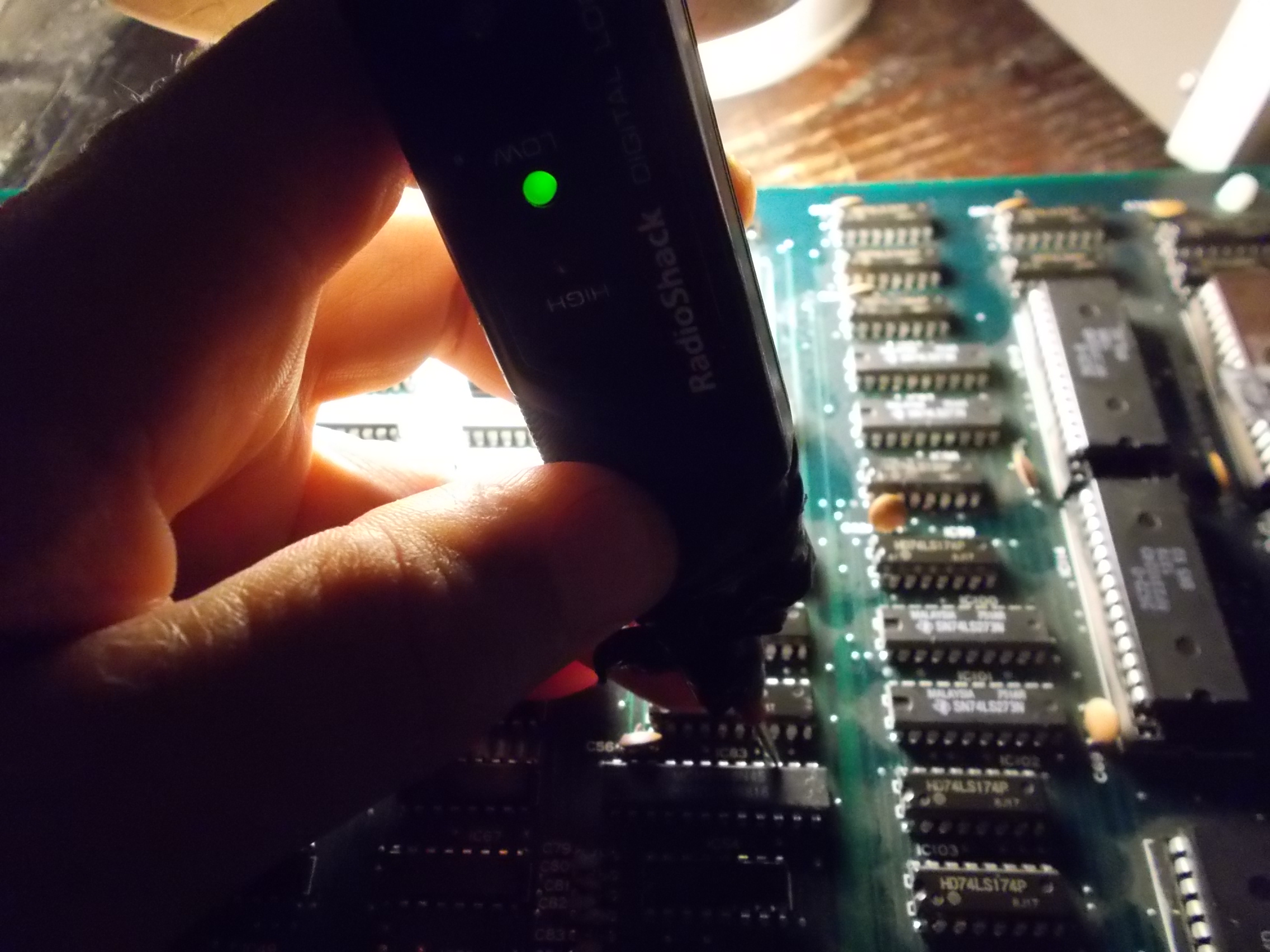
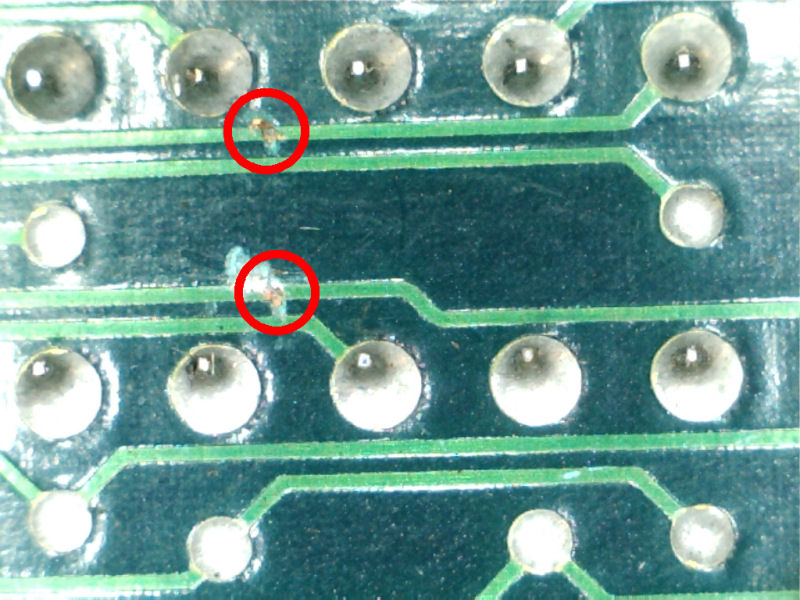
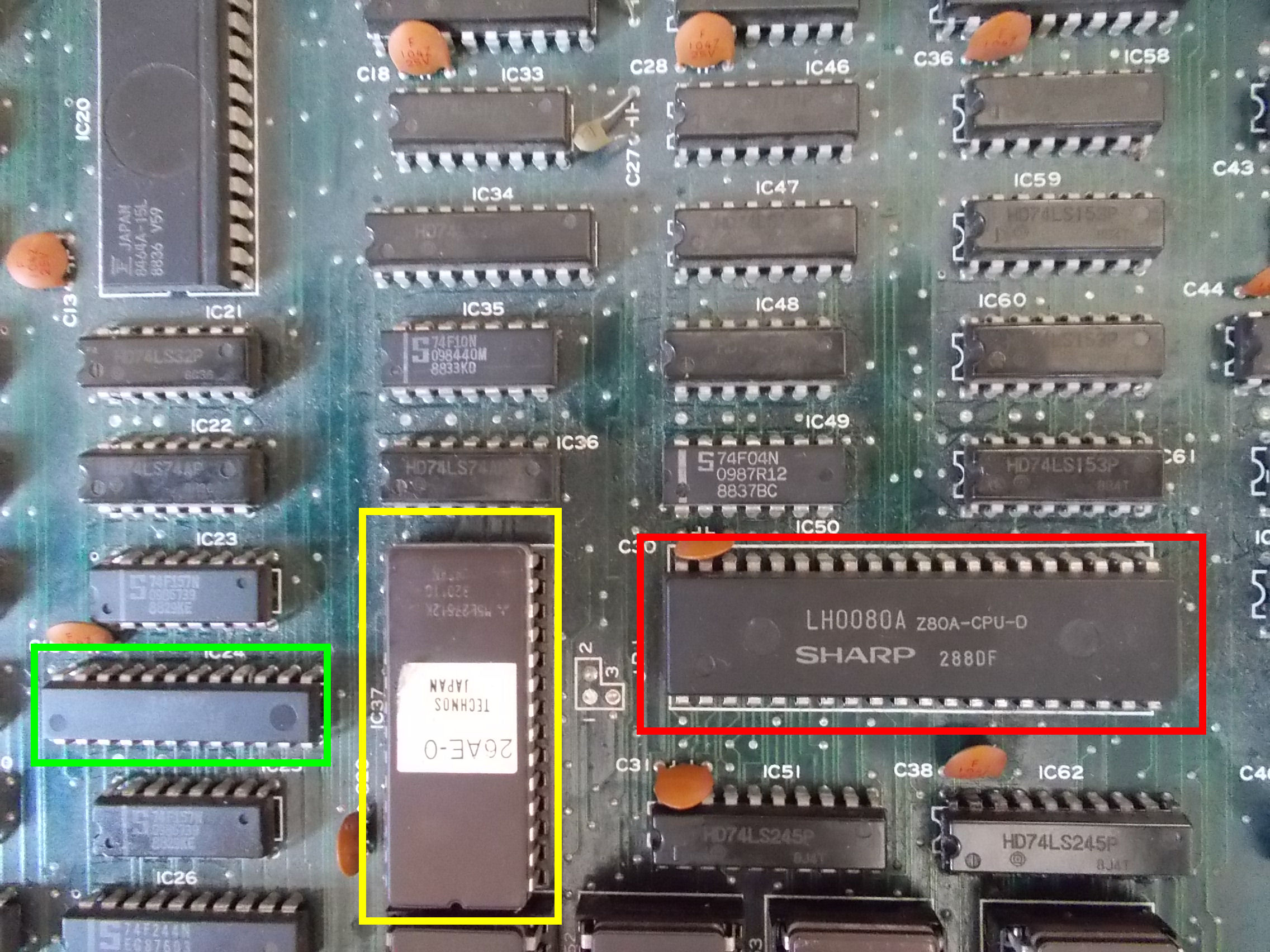
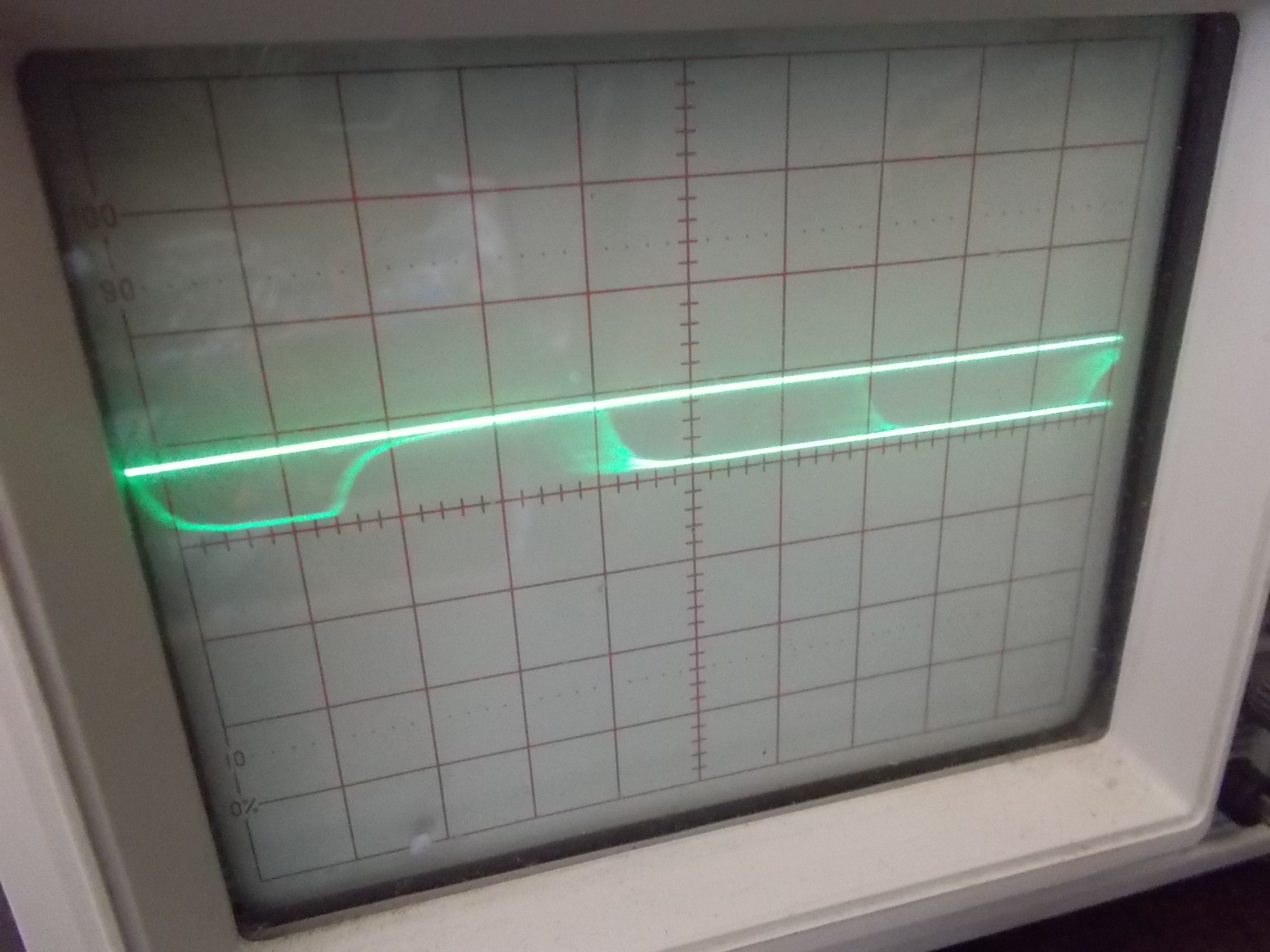
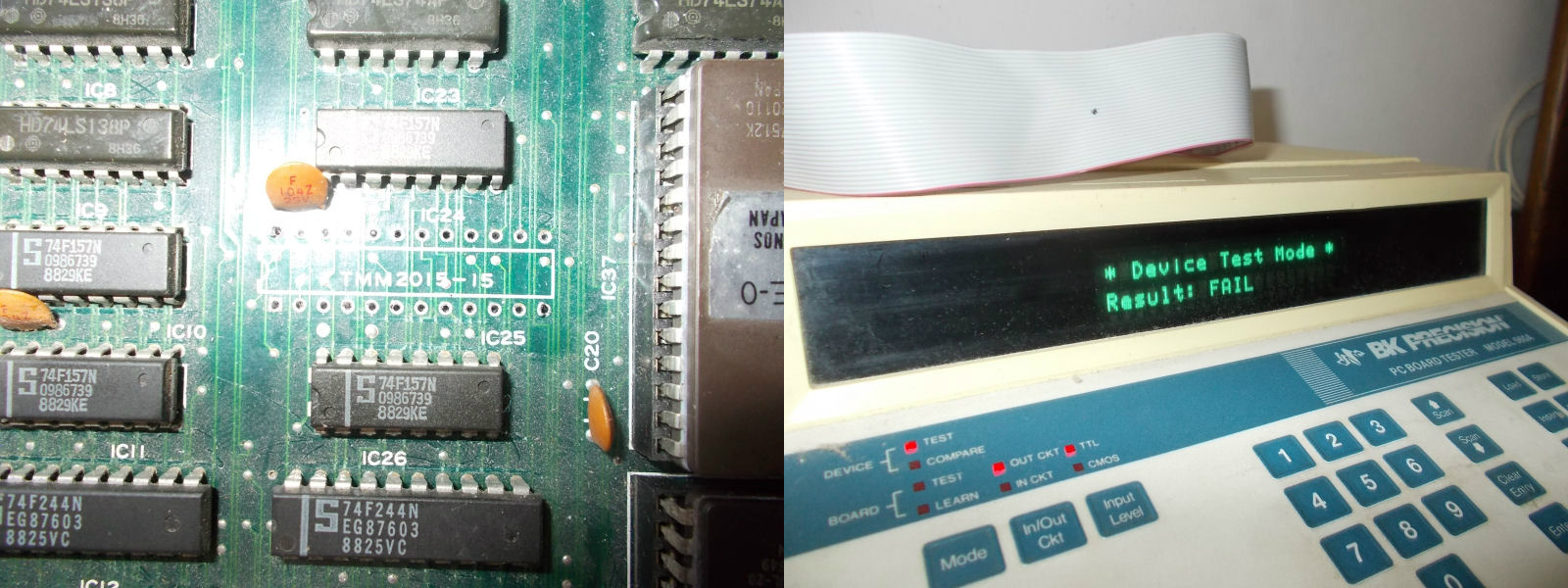
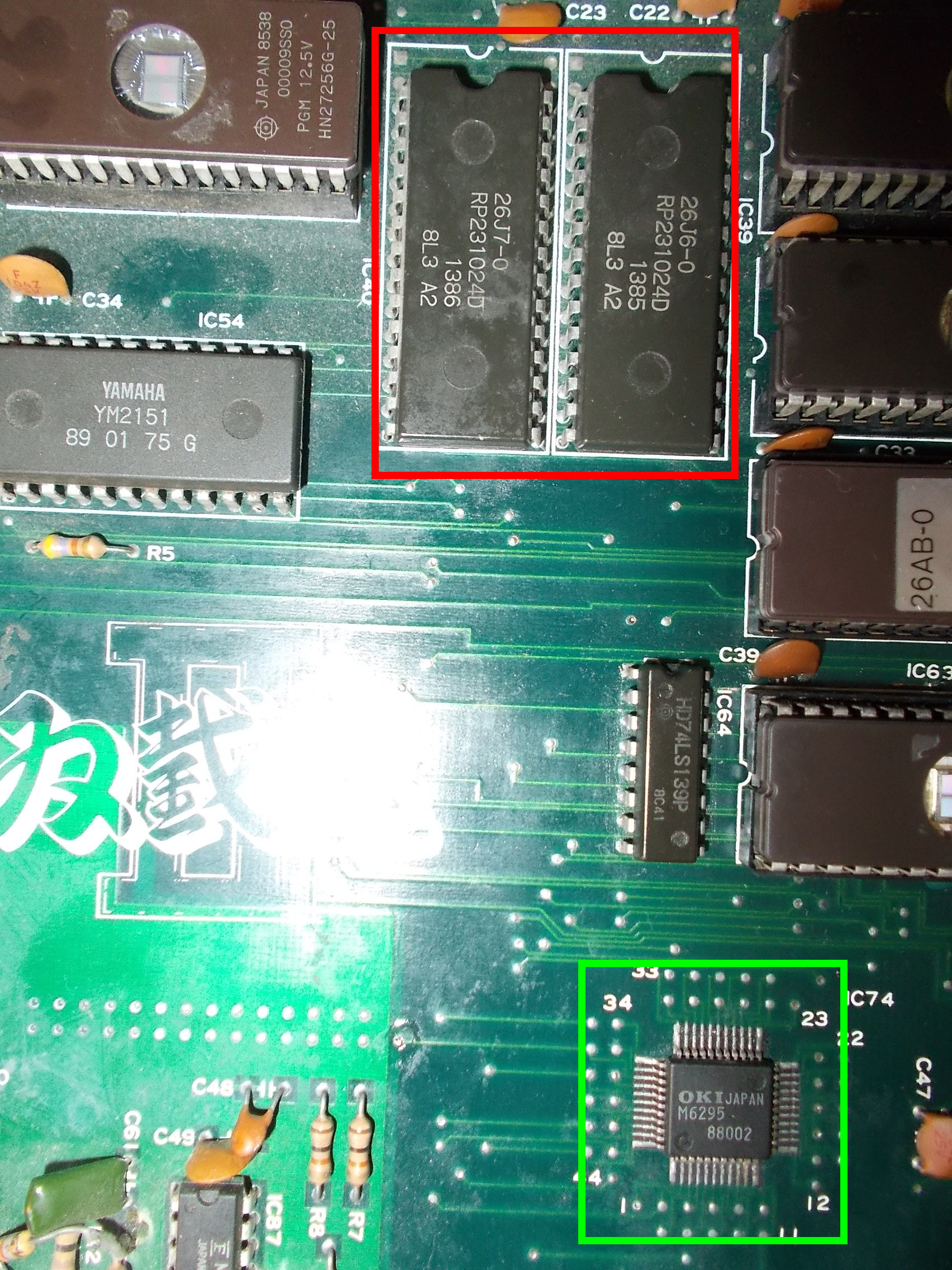
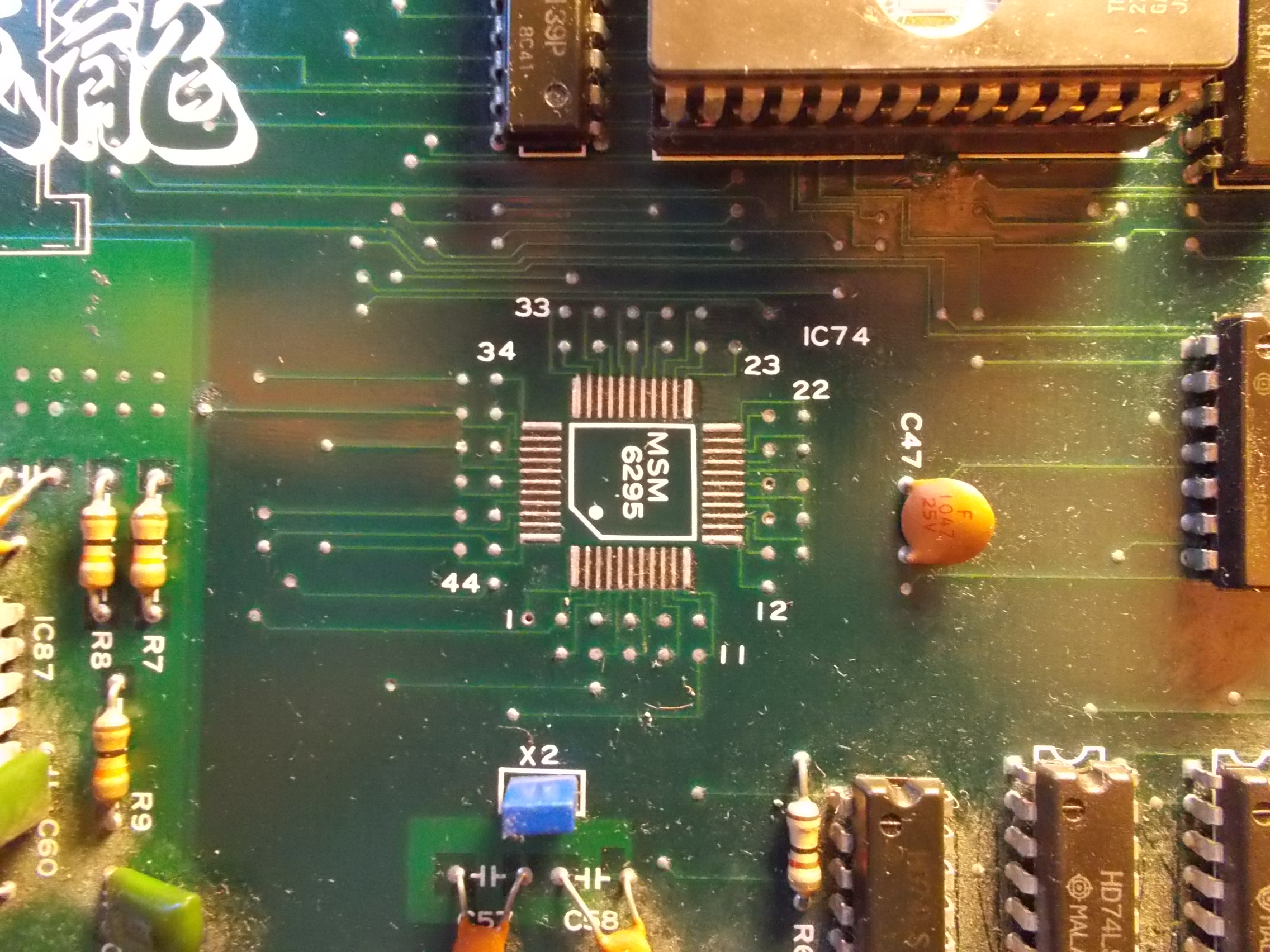
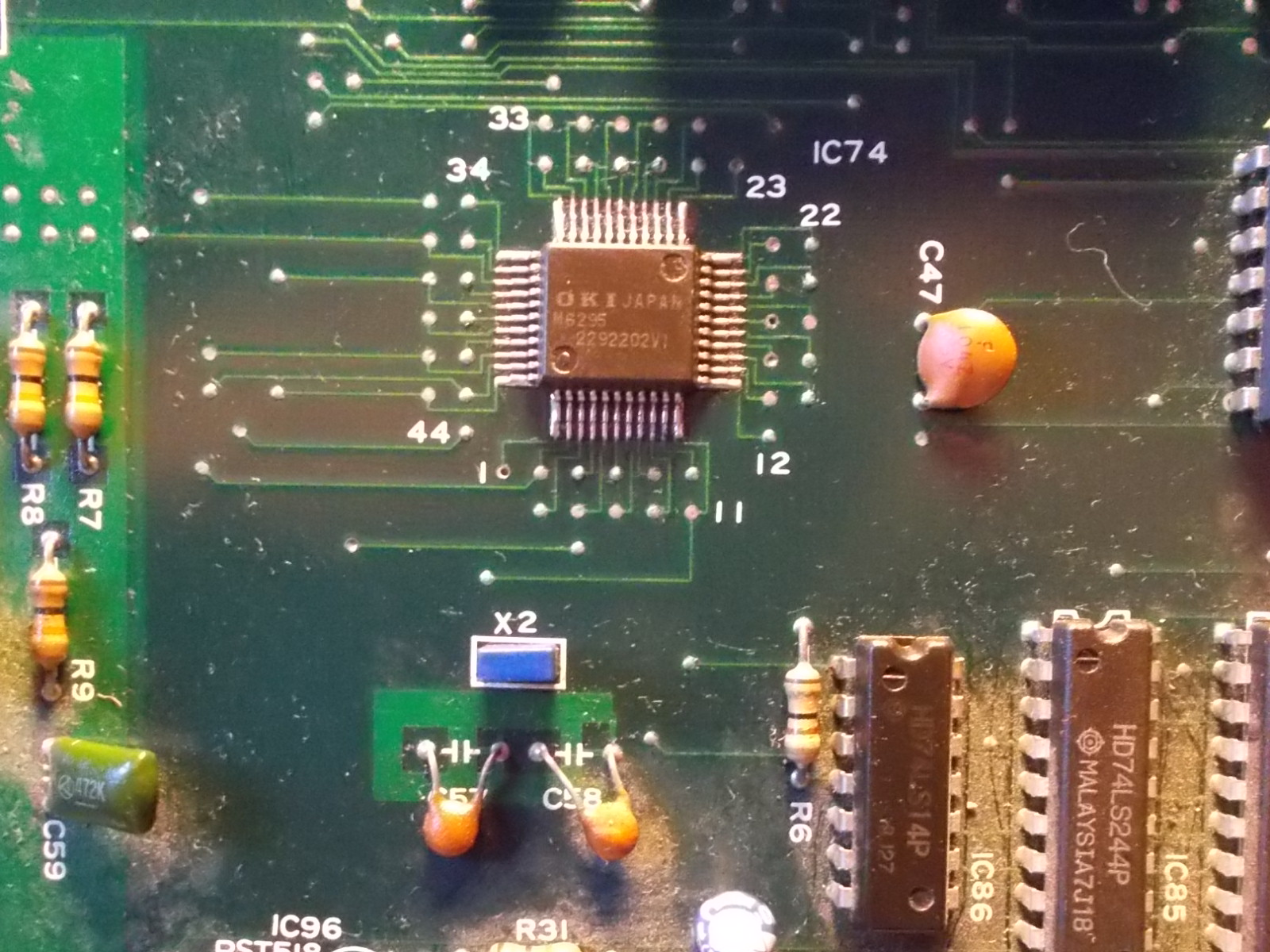 This restored ADPCM samples.Board 100% fixed and board trilogy complete!
This restored ADPCM samples.Board 100% fixed and board trilogy complete!